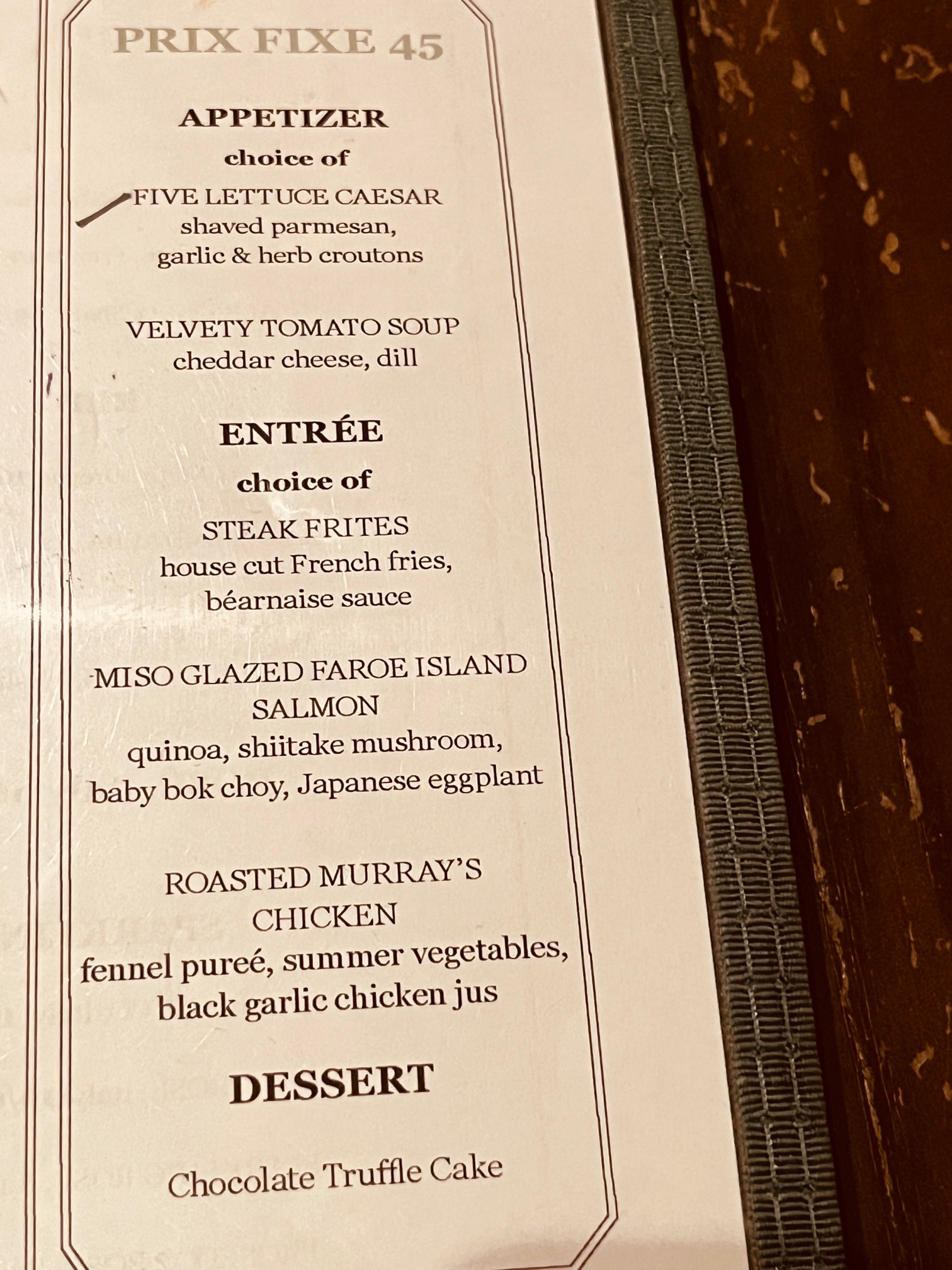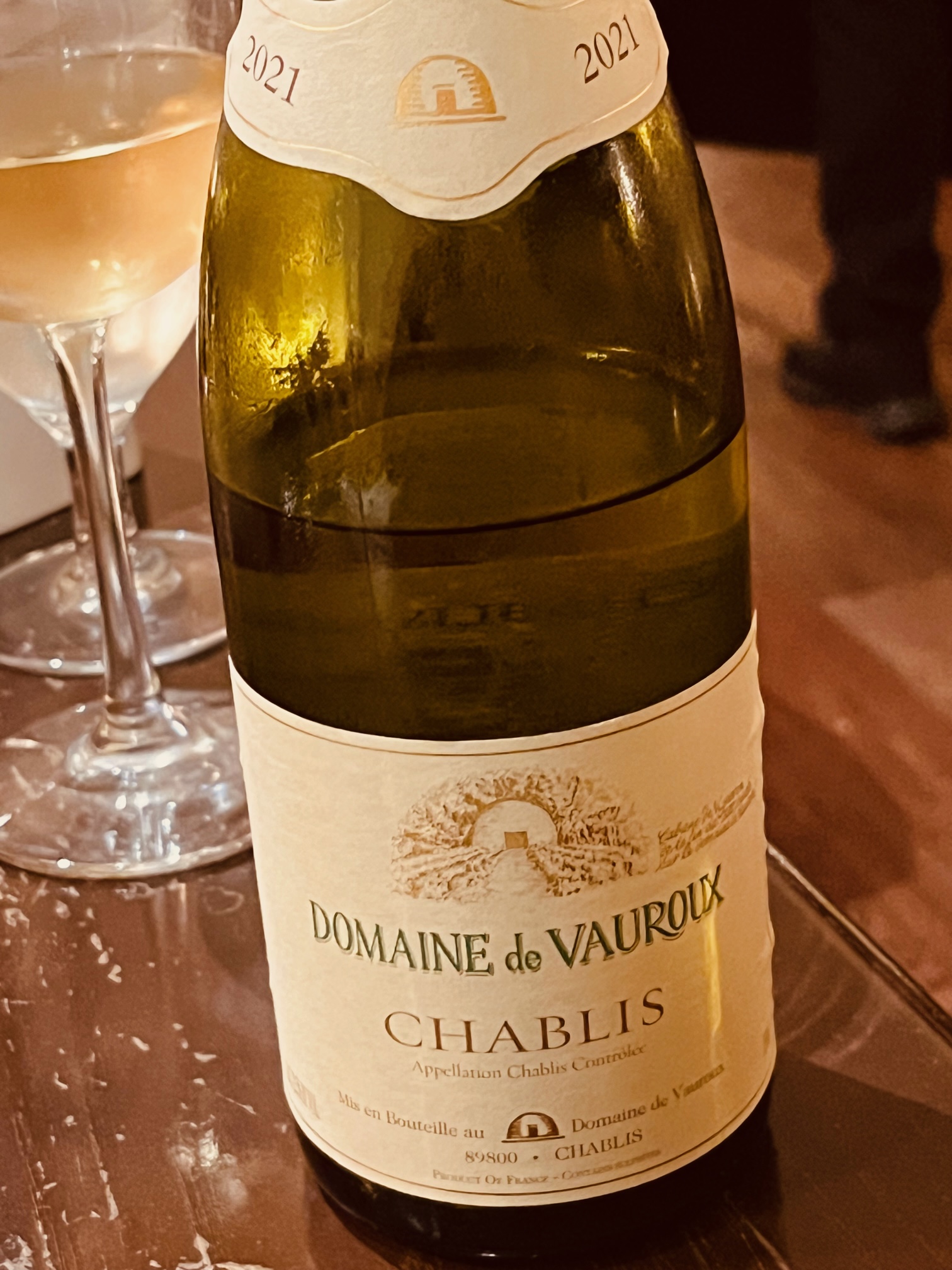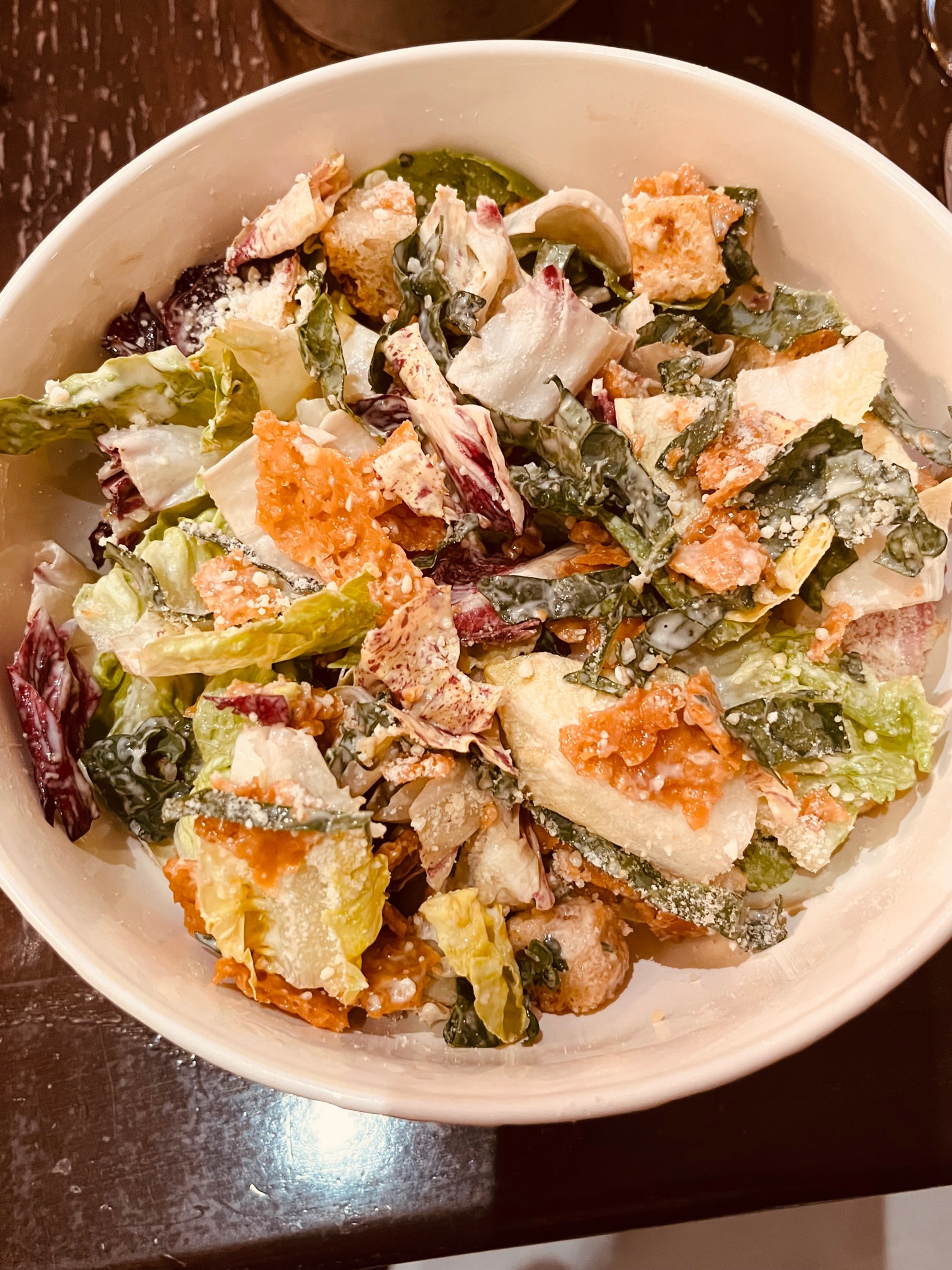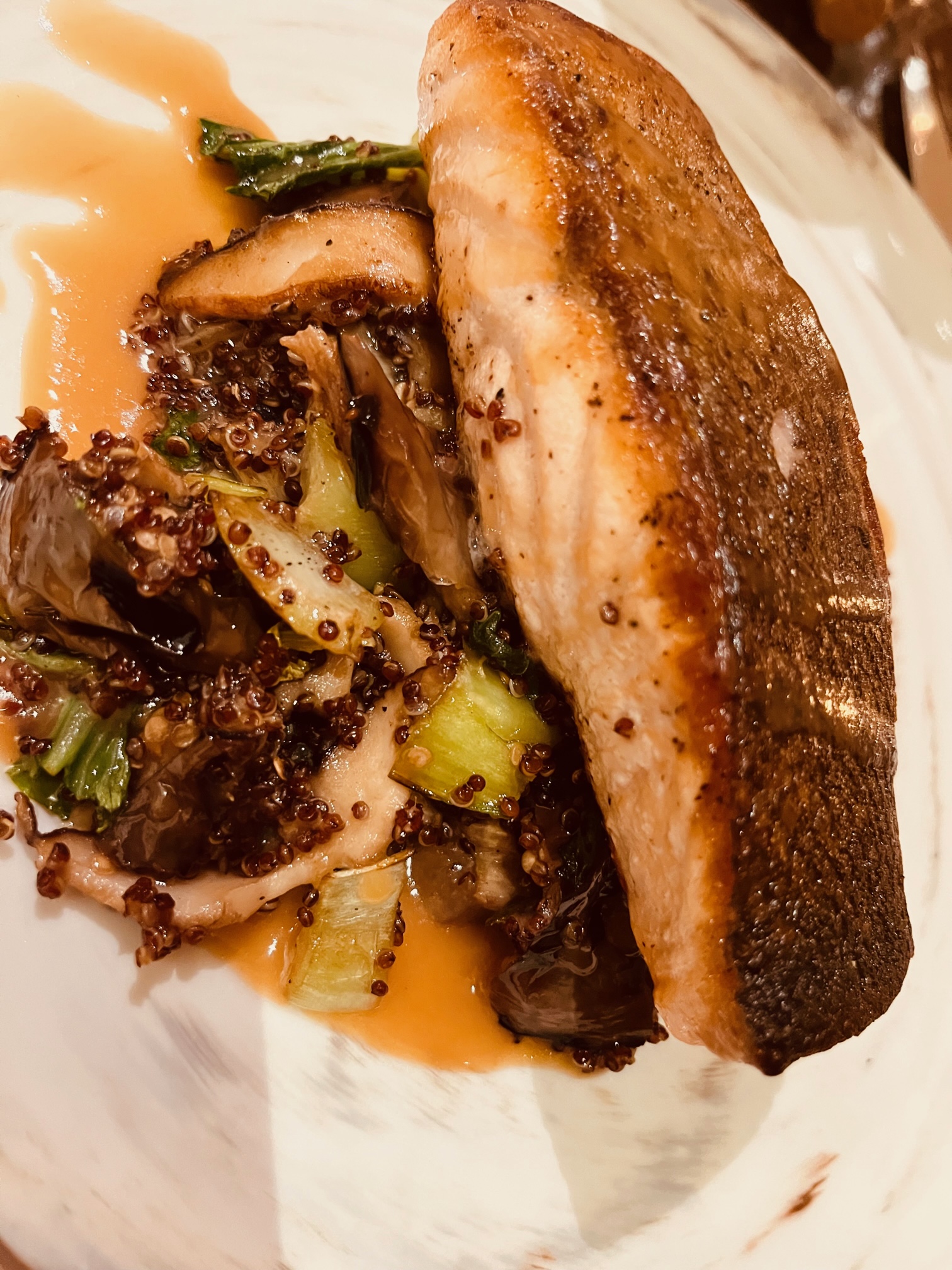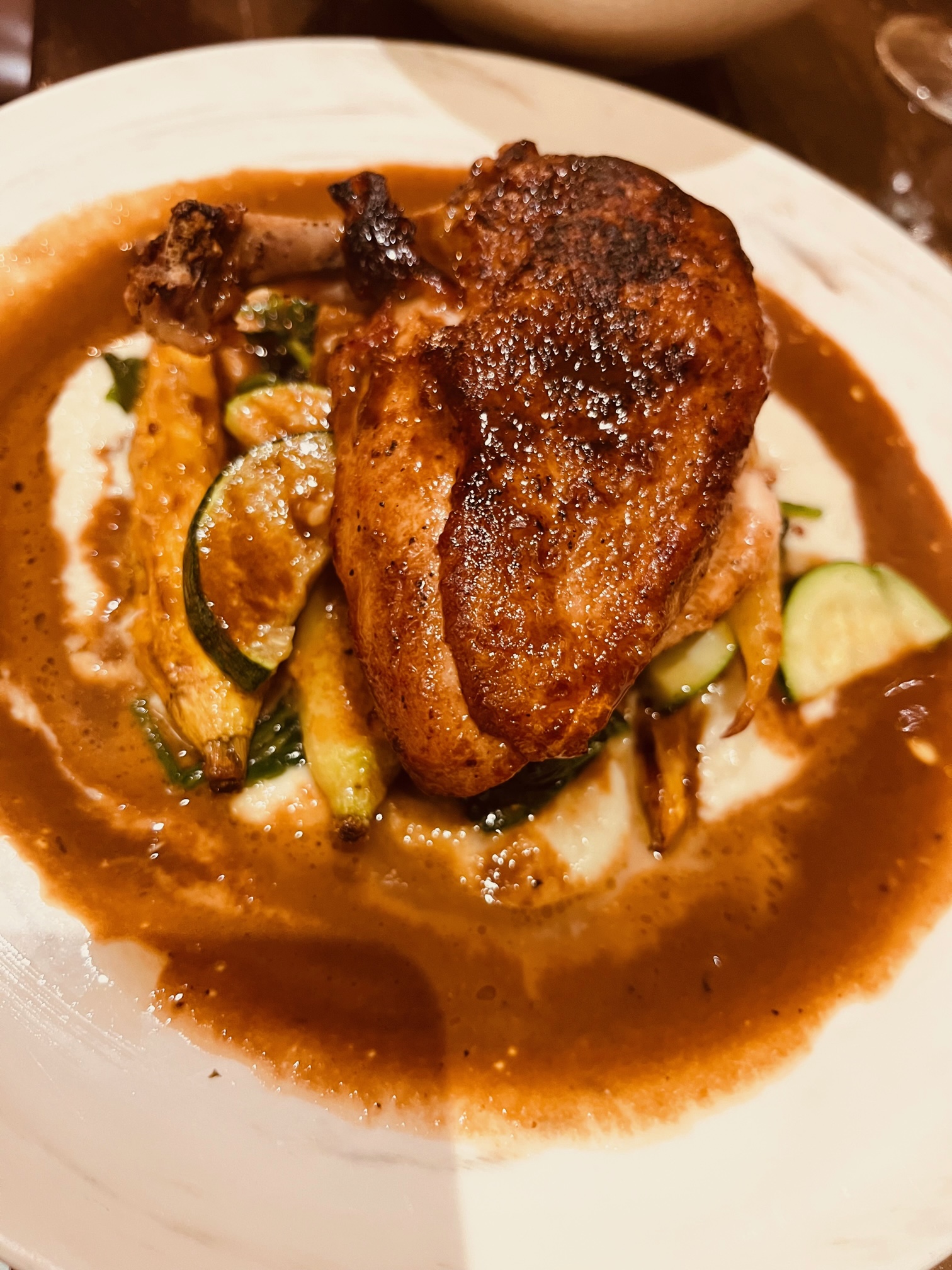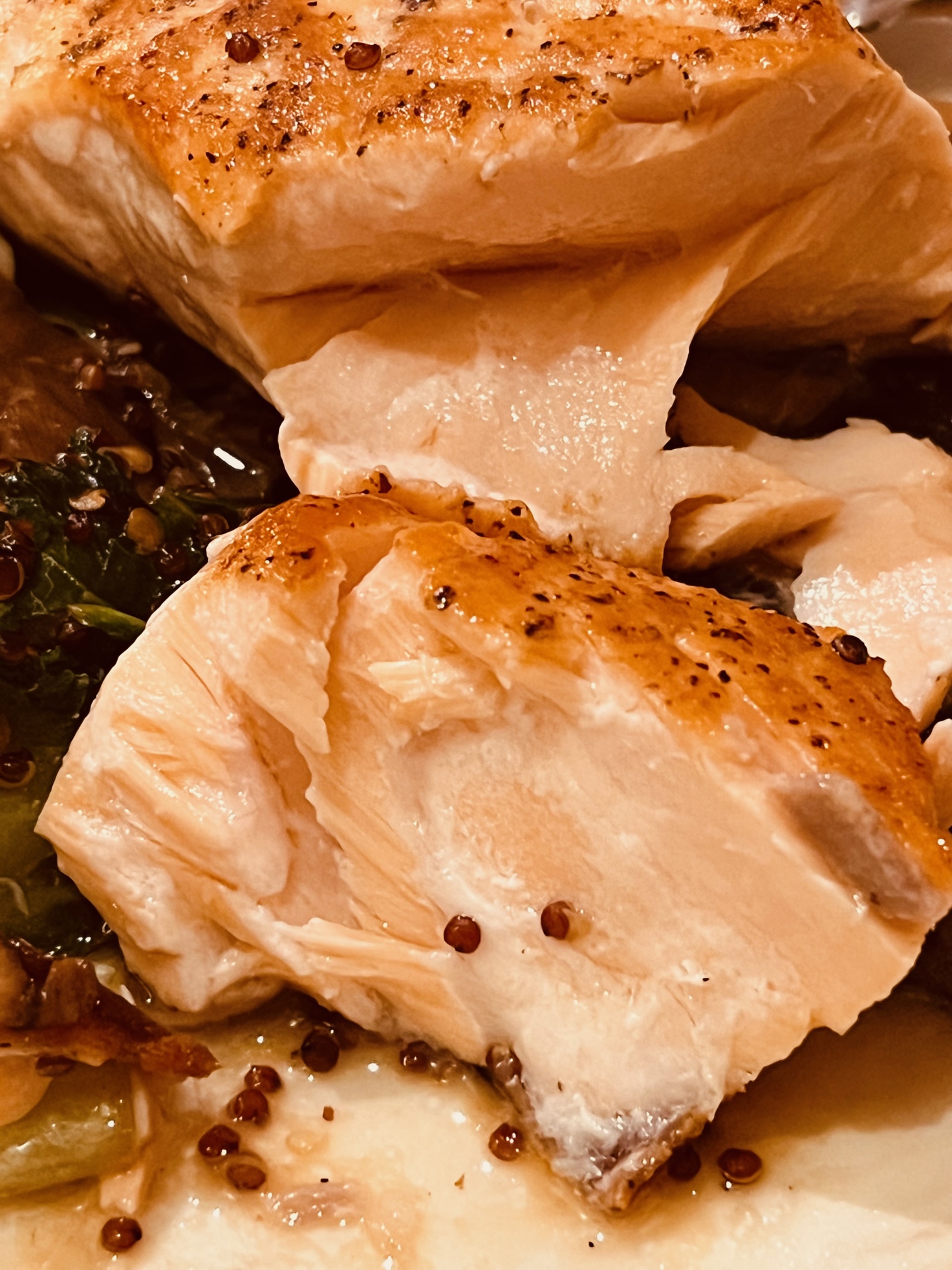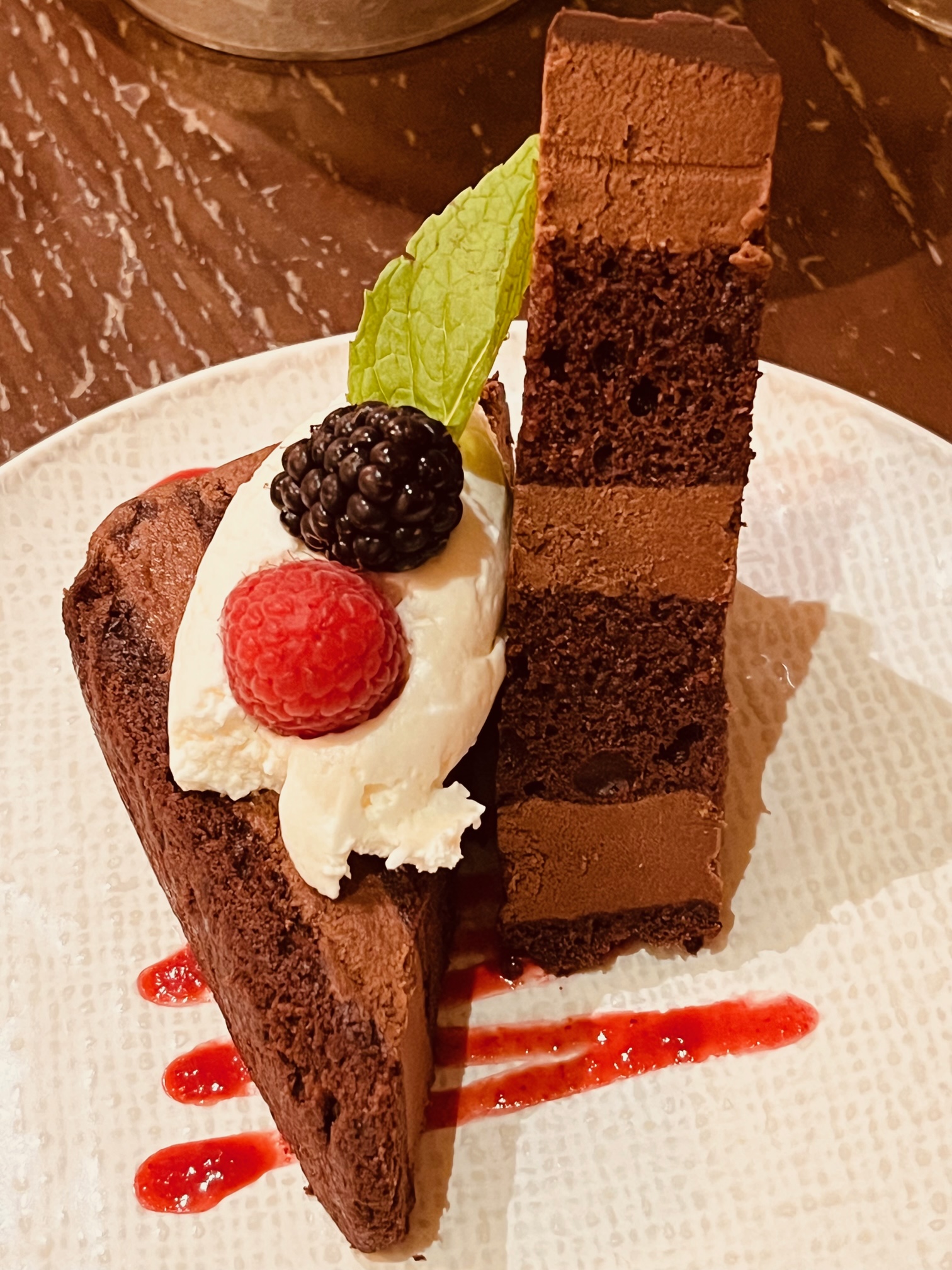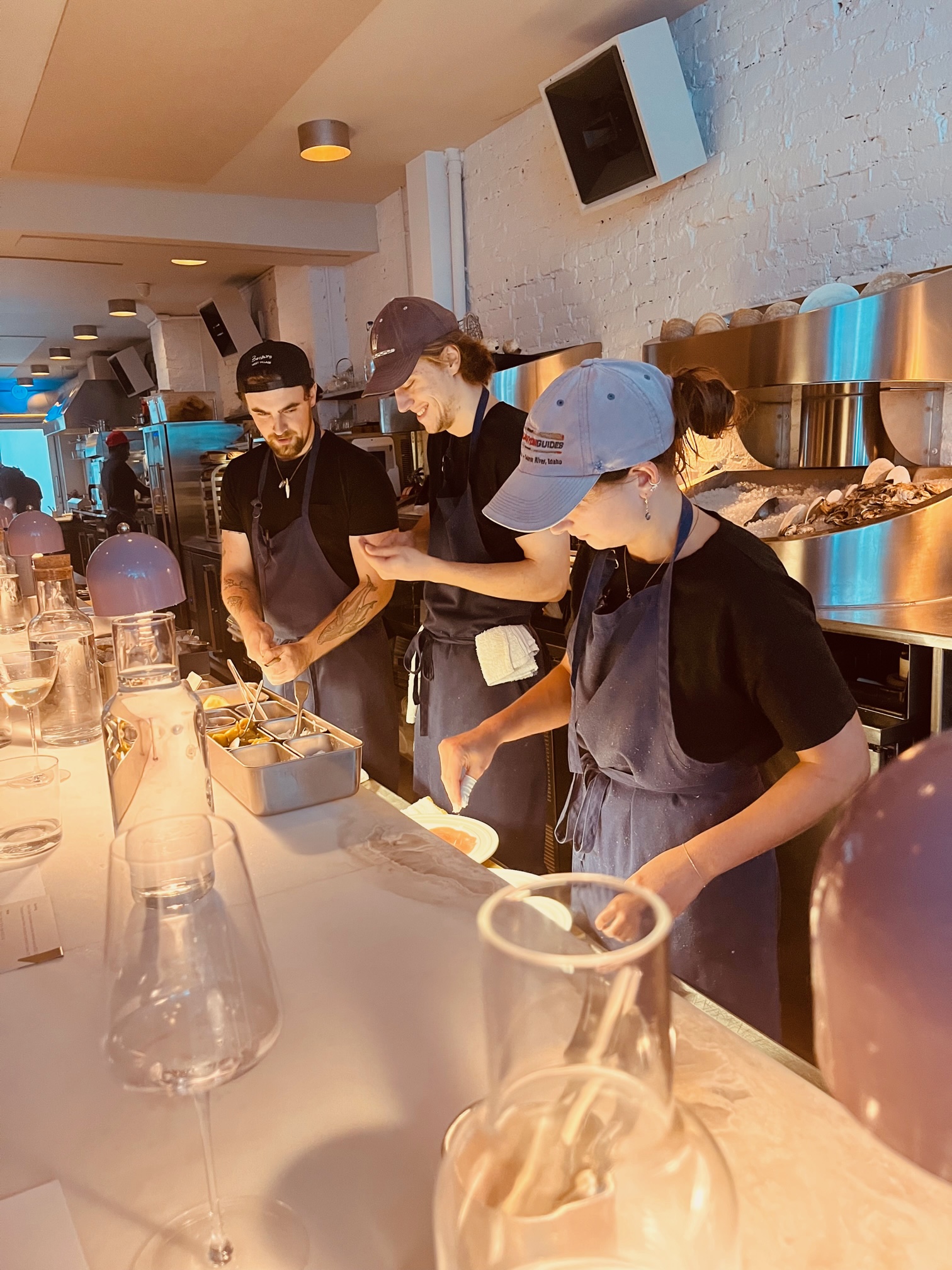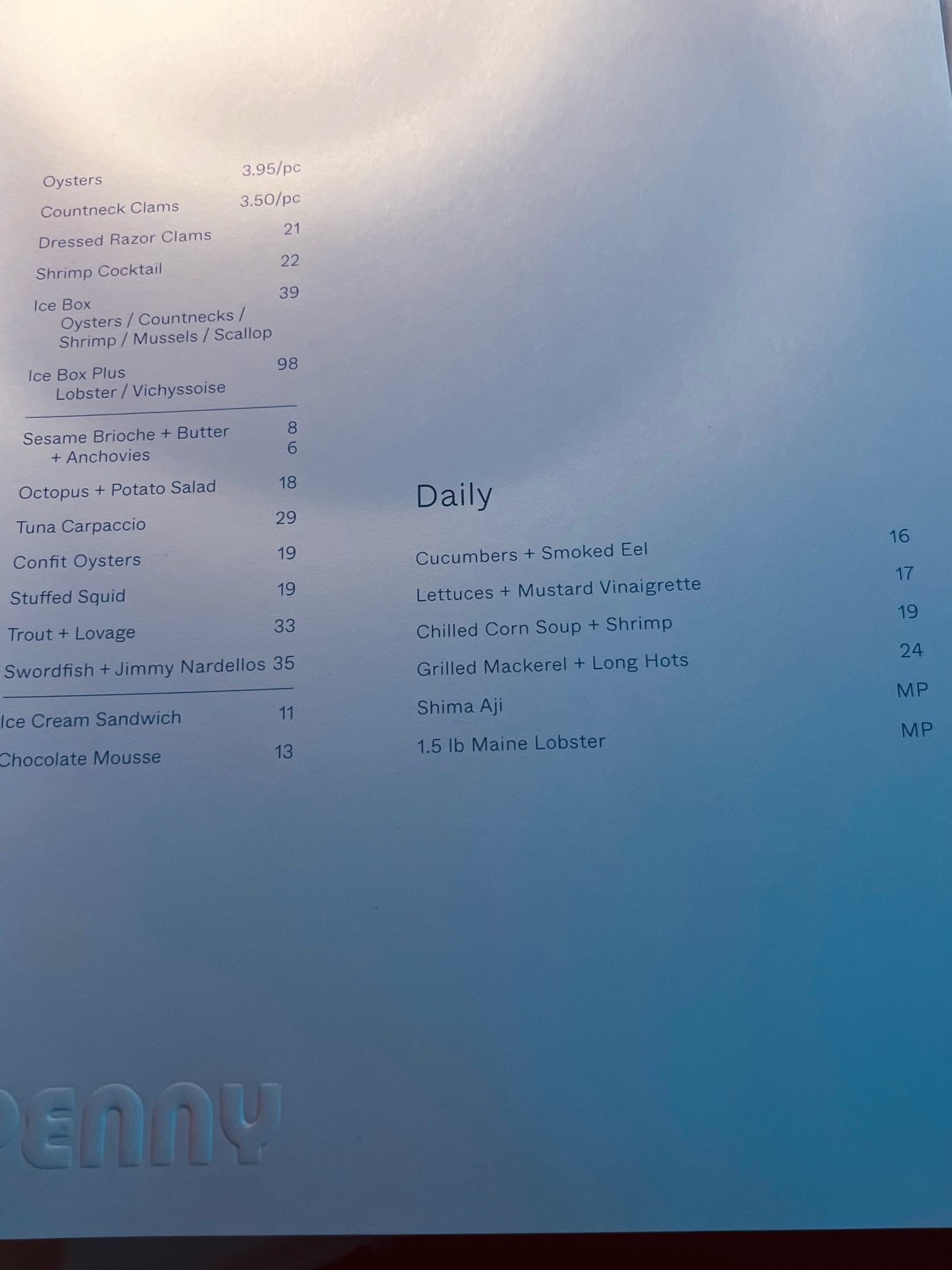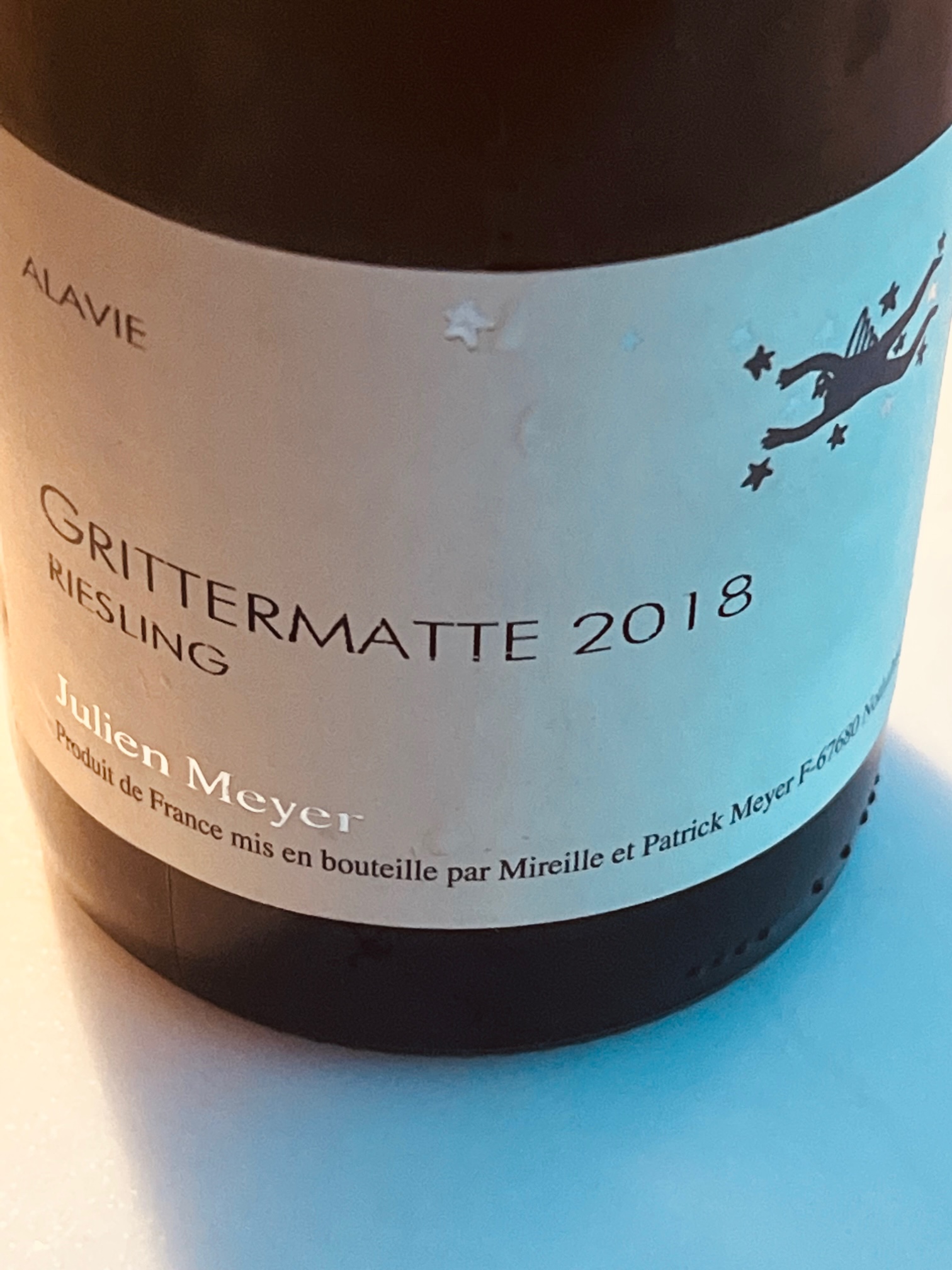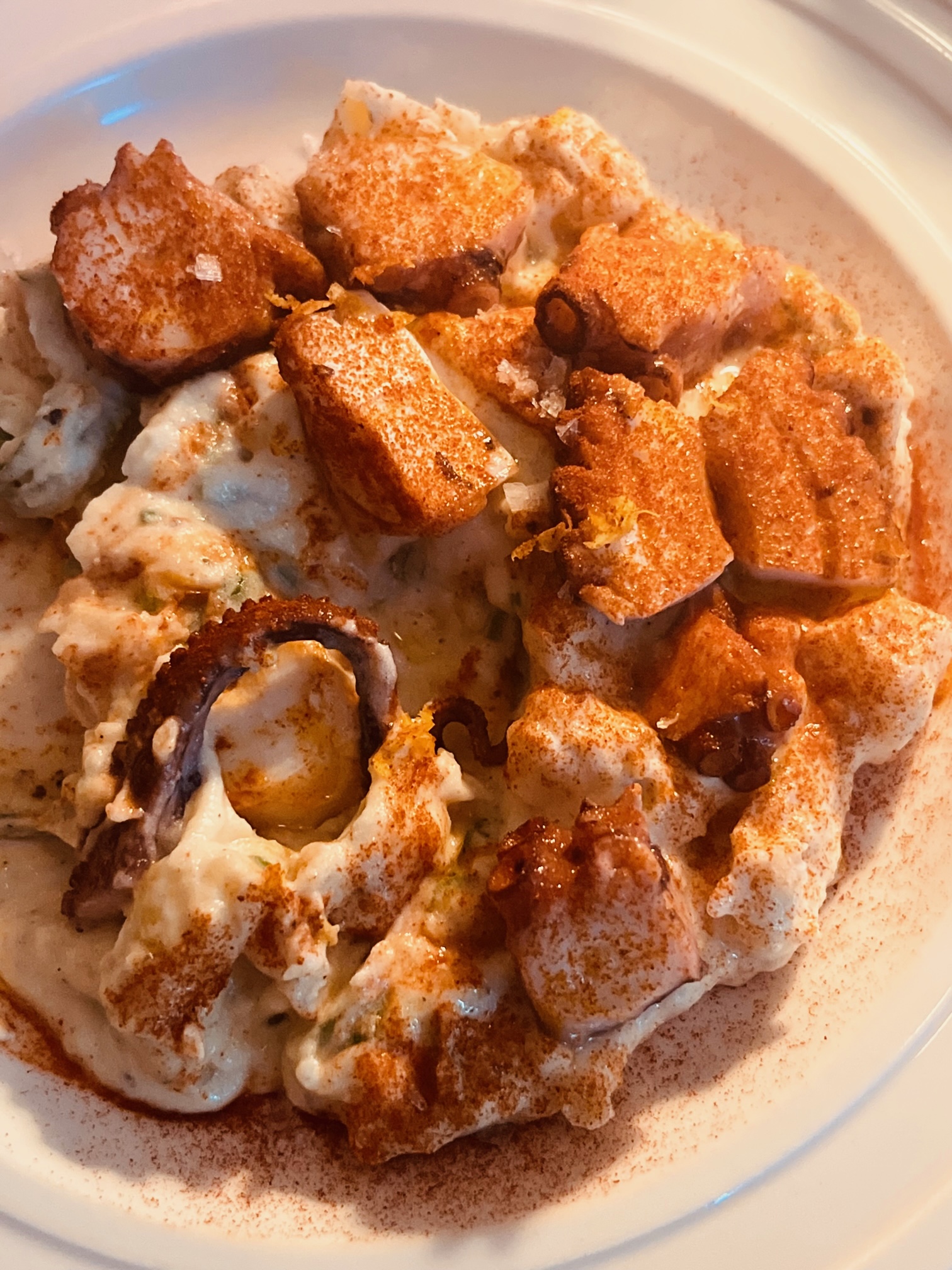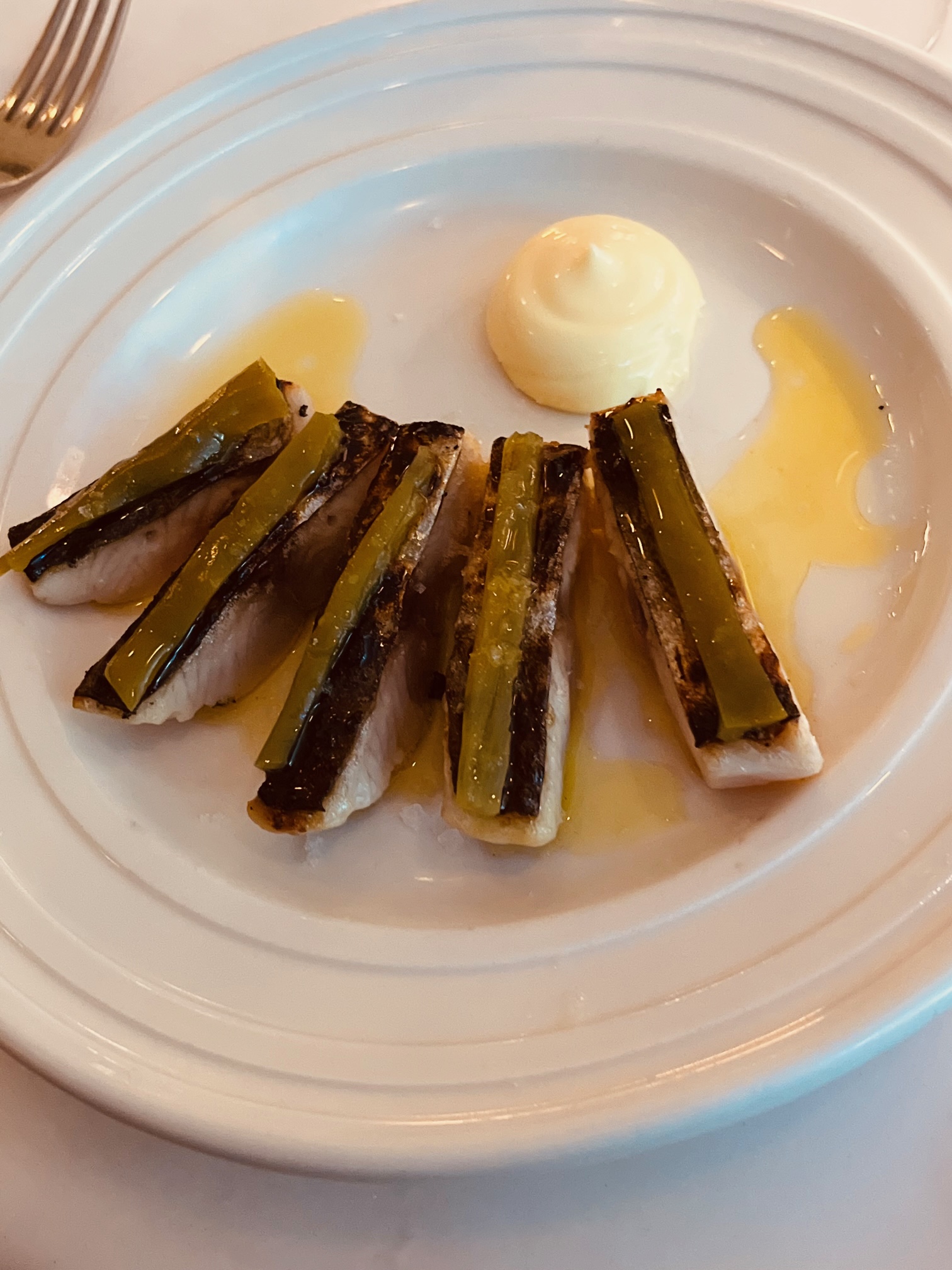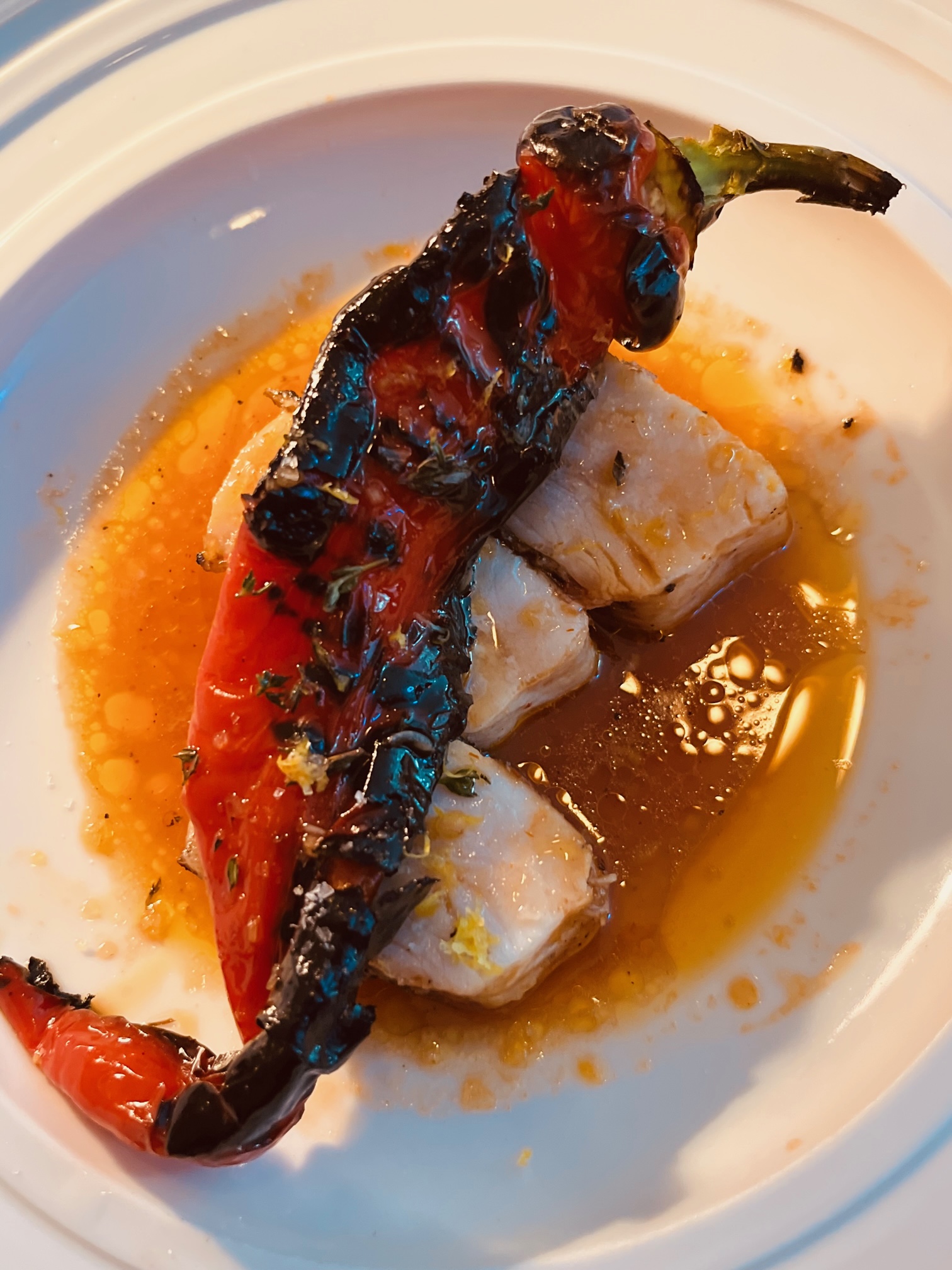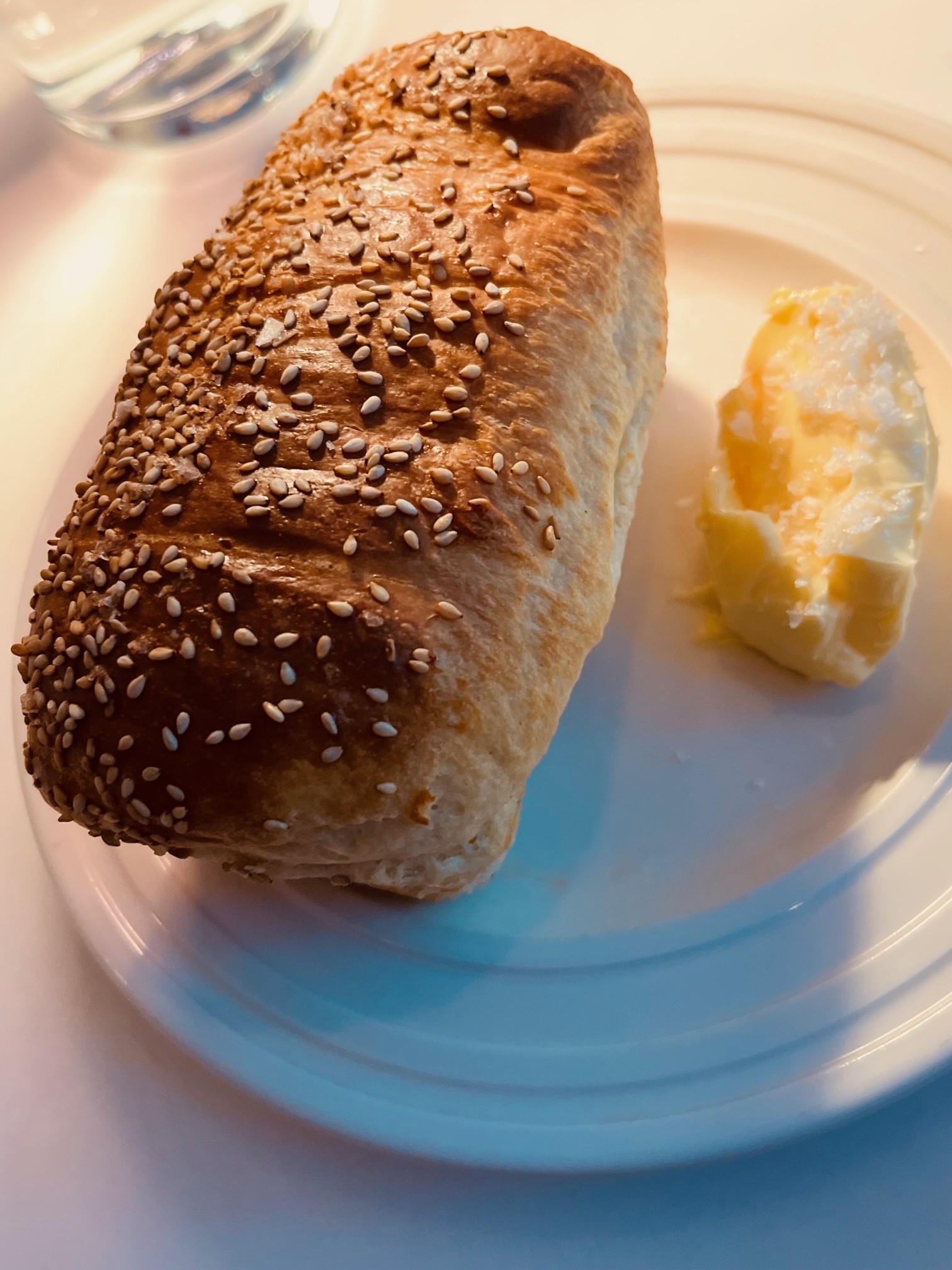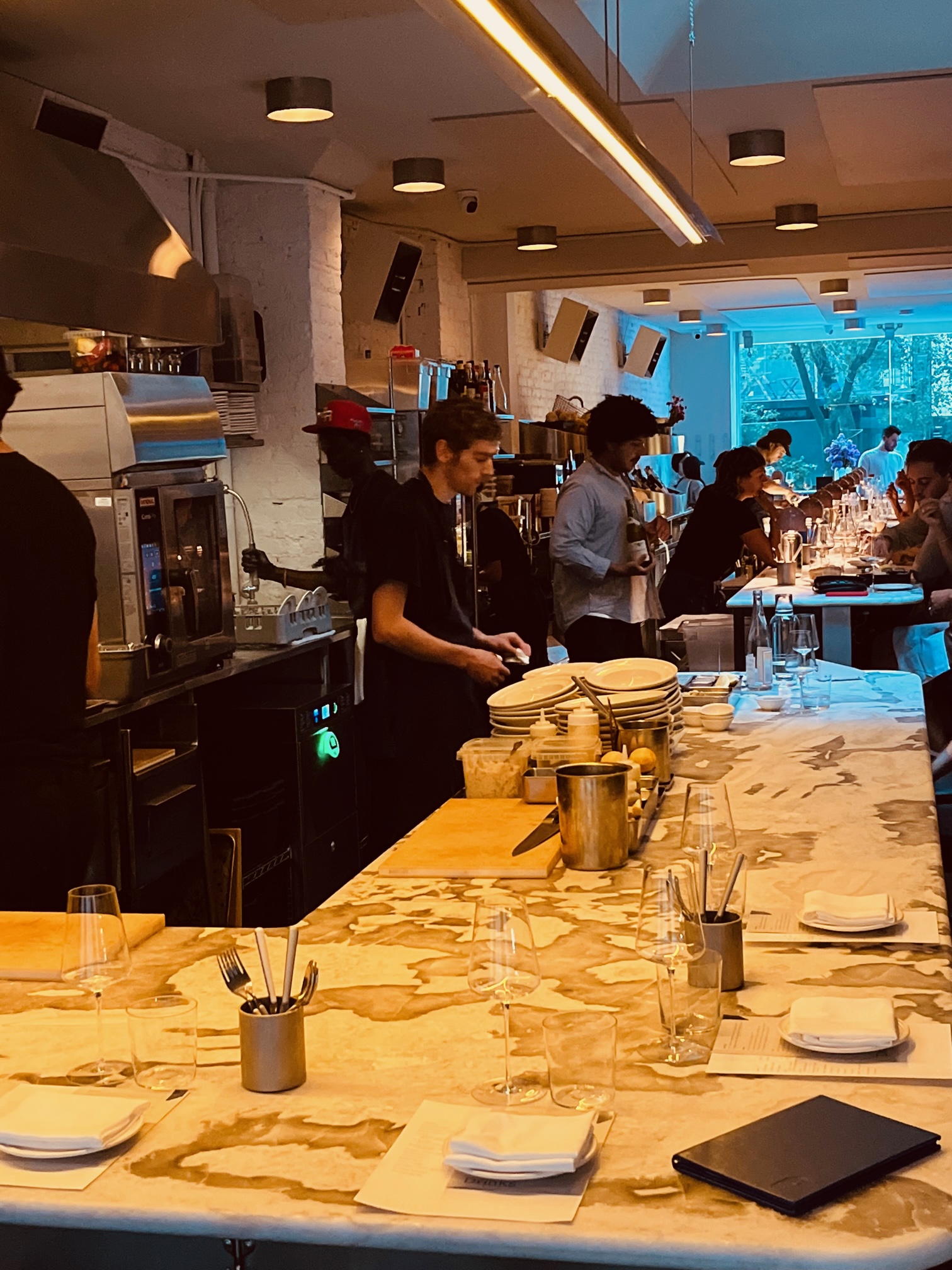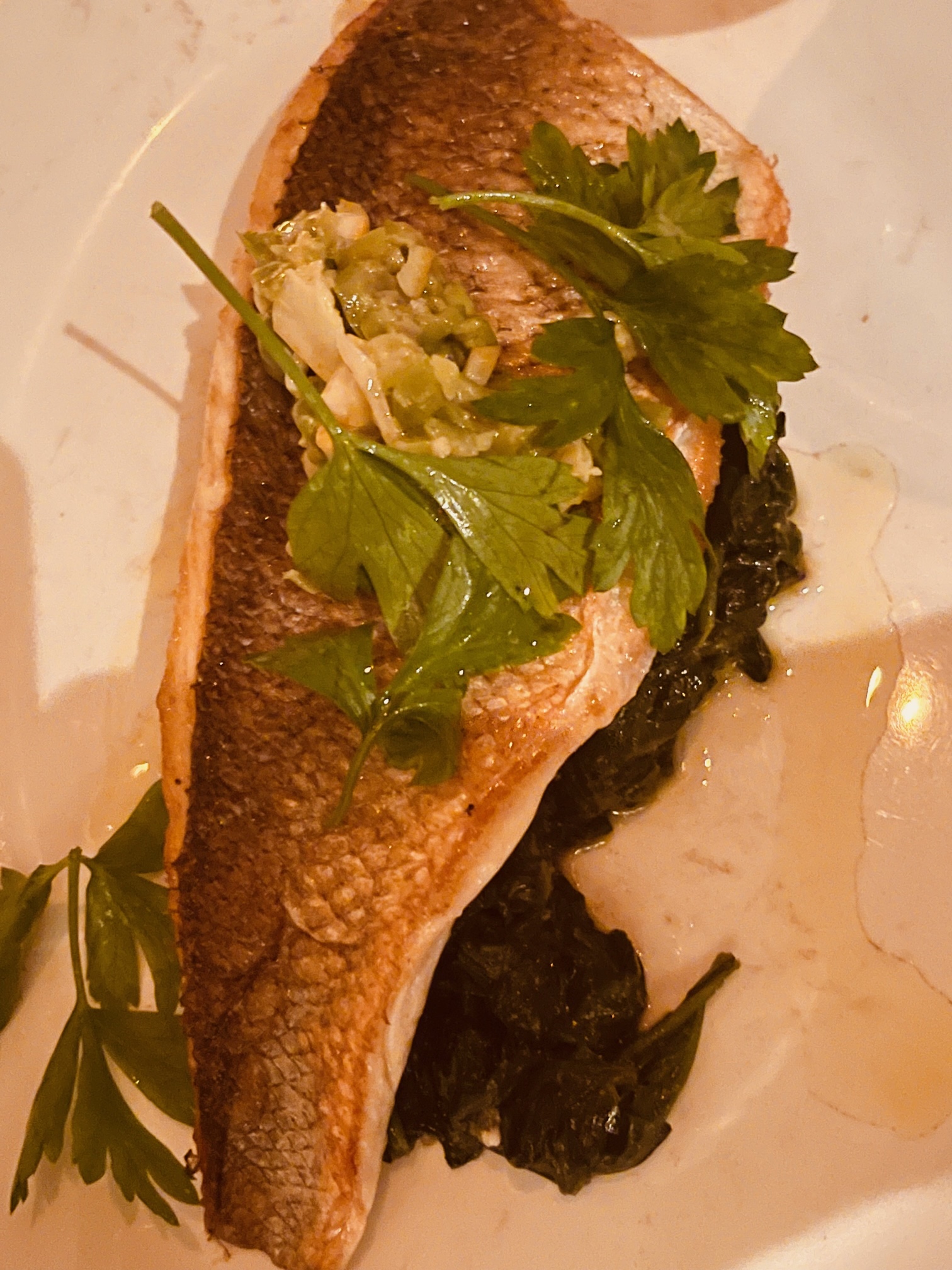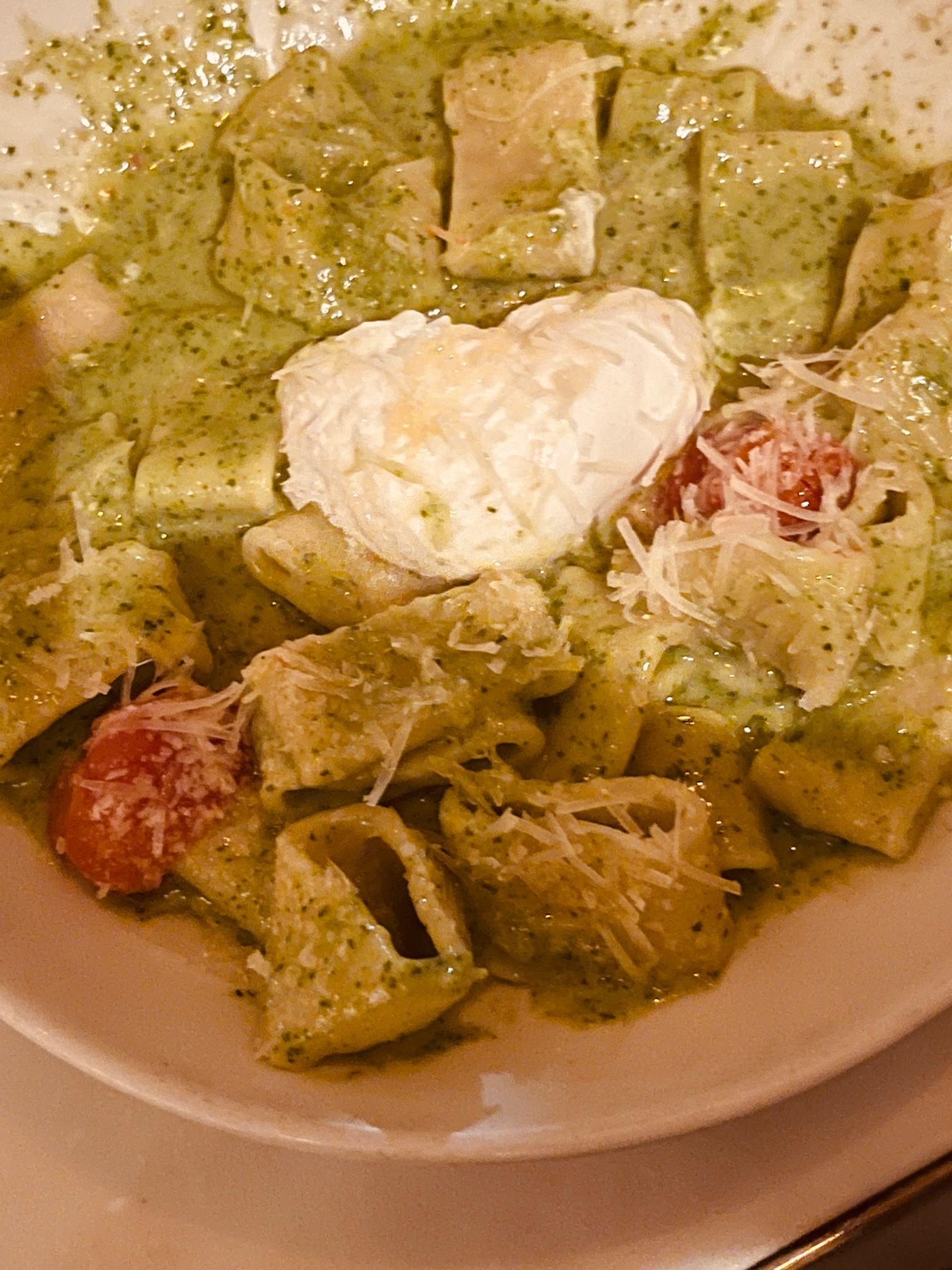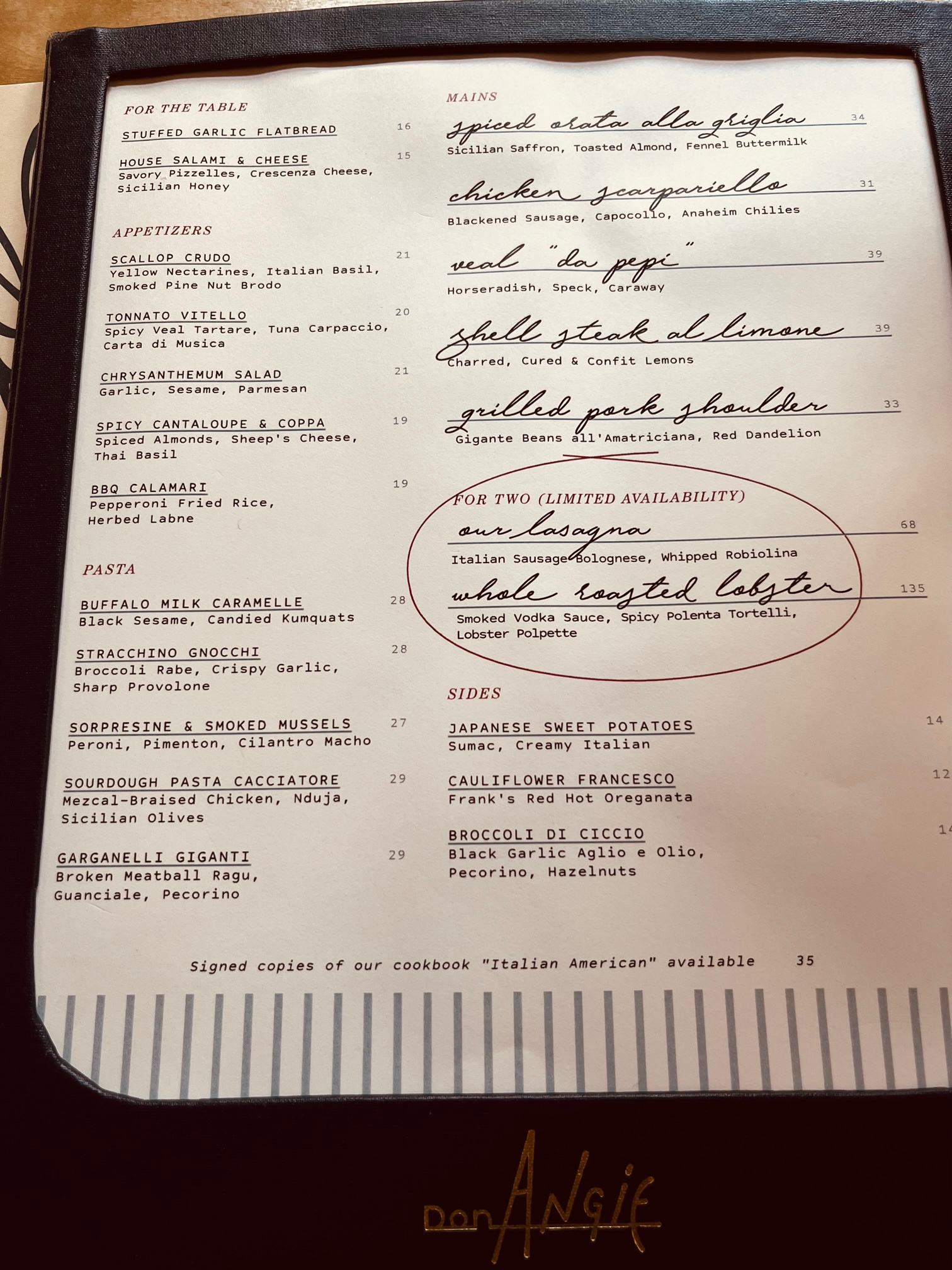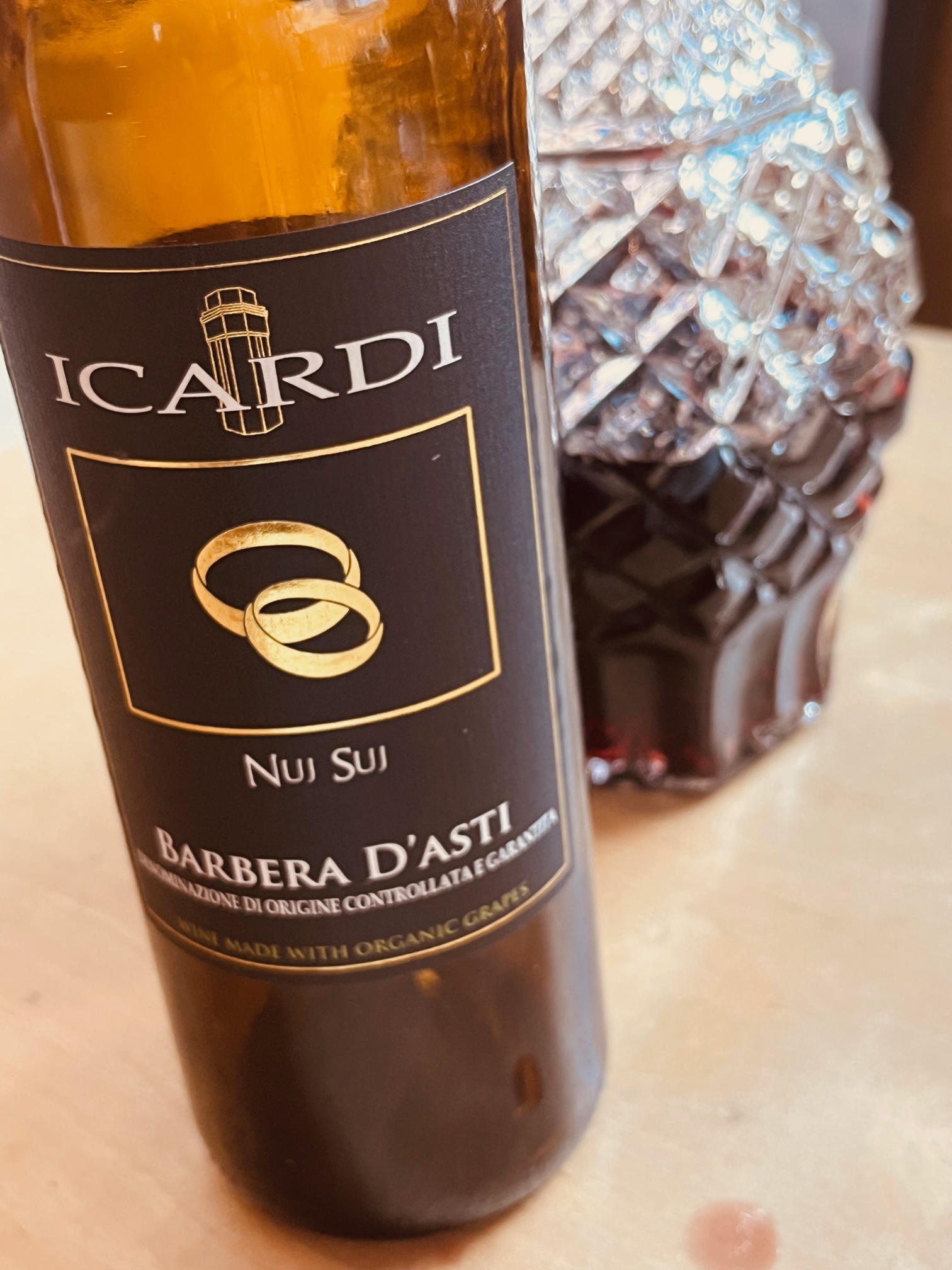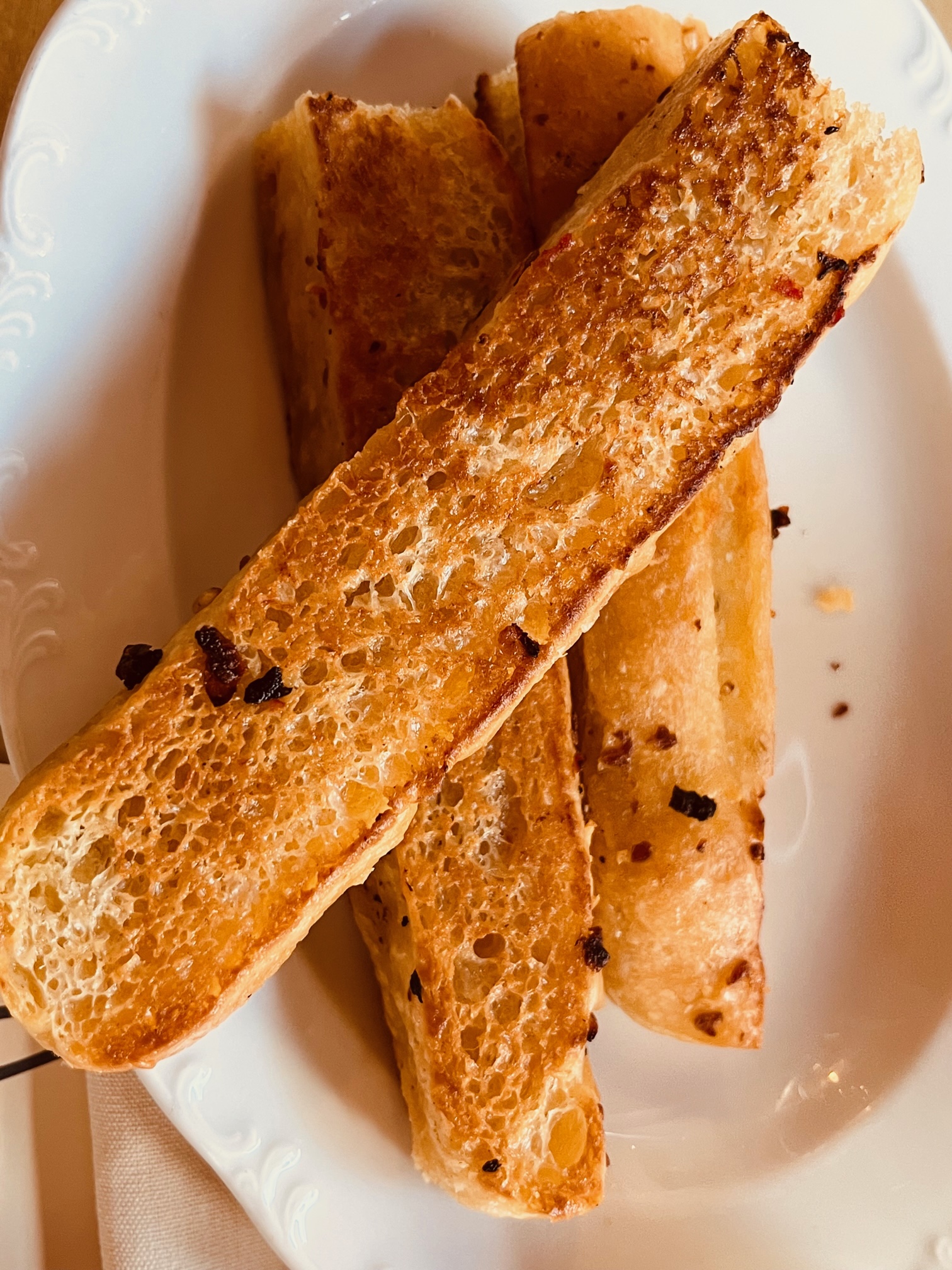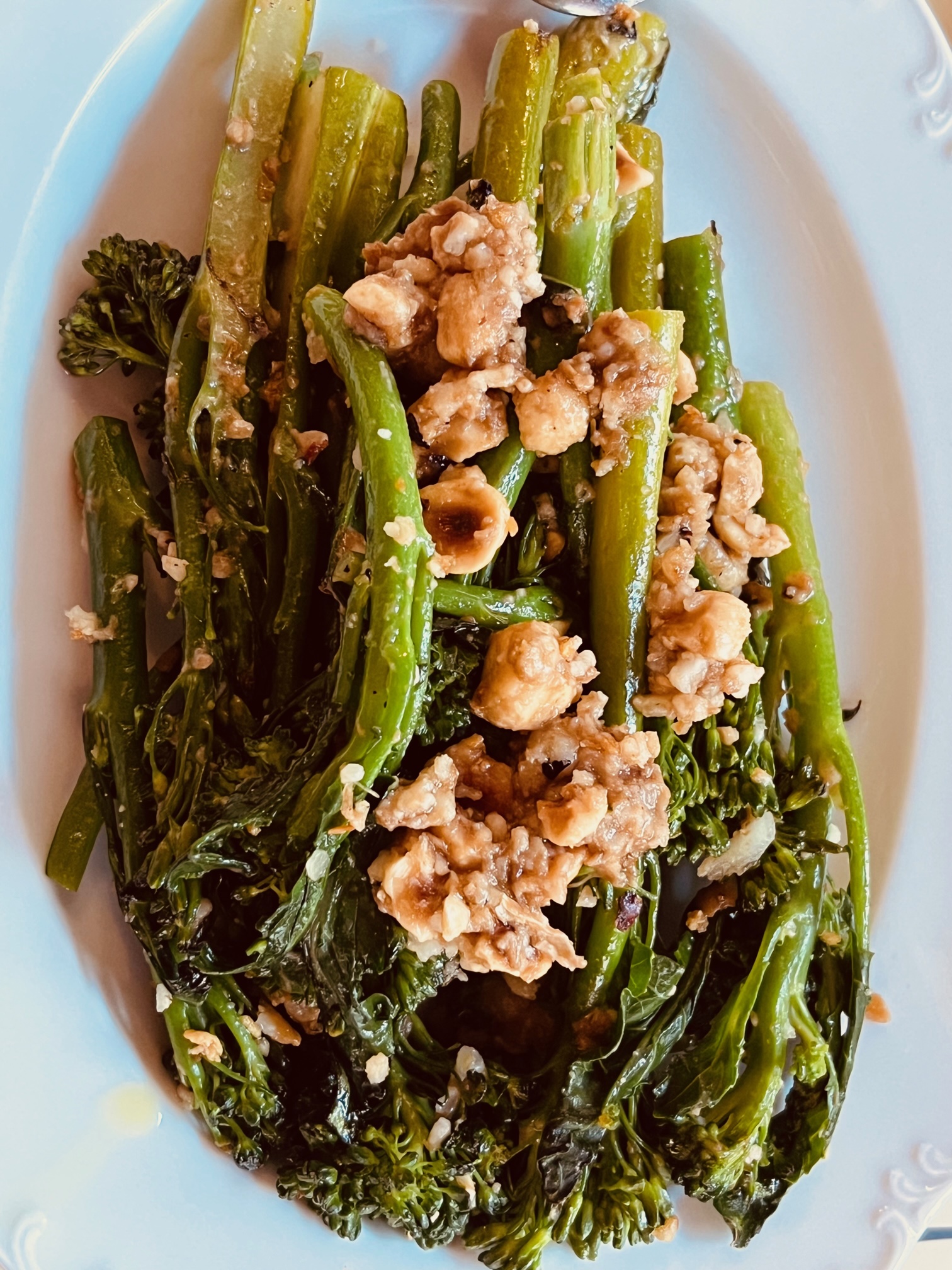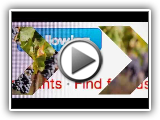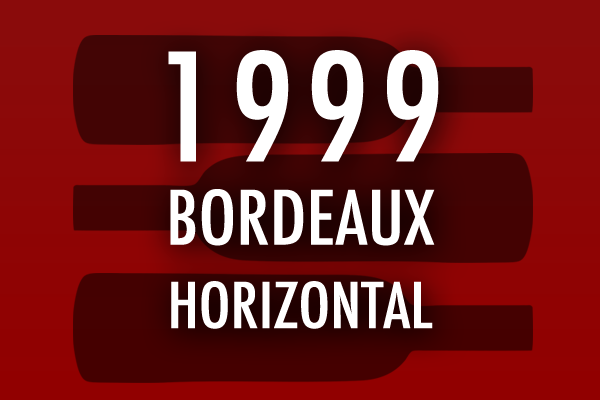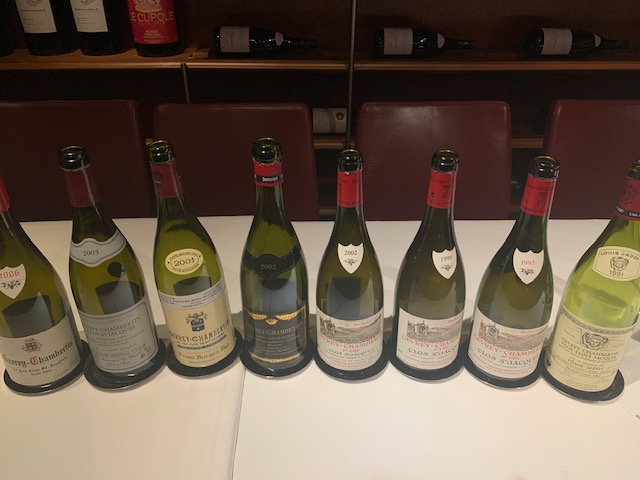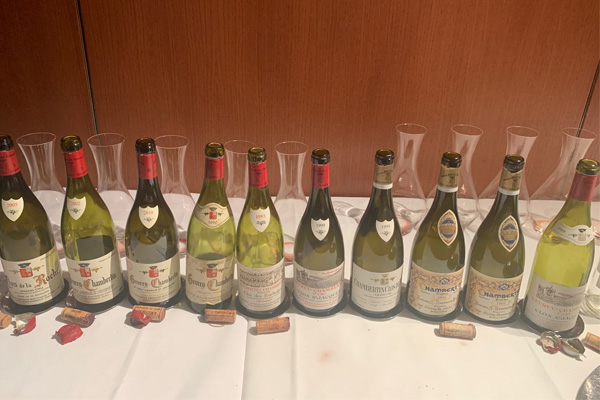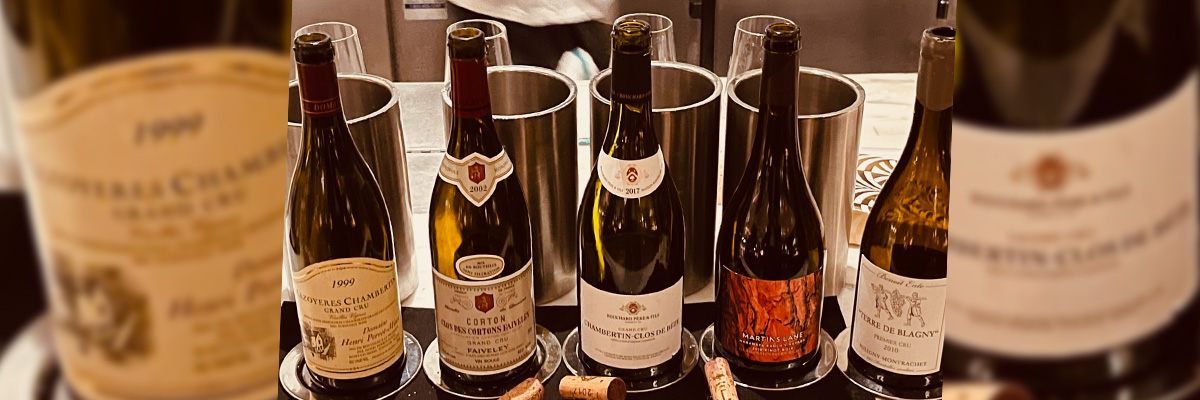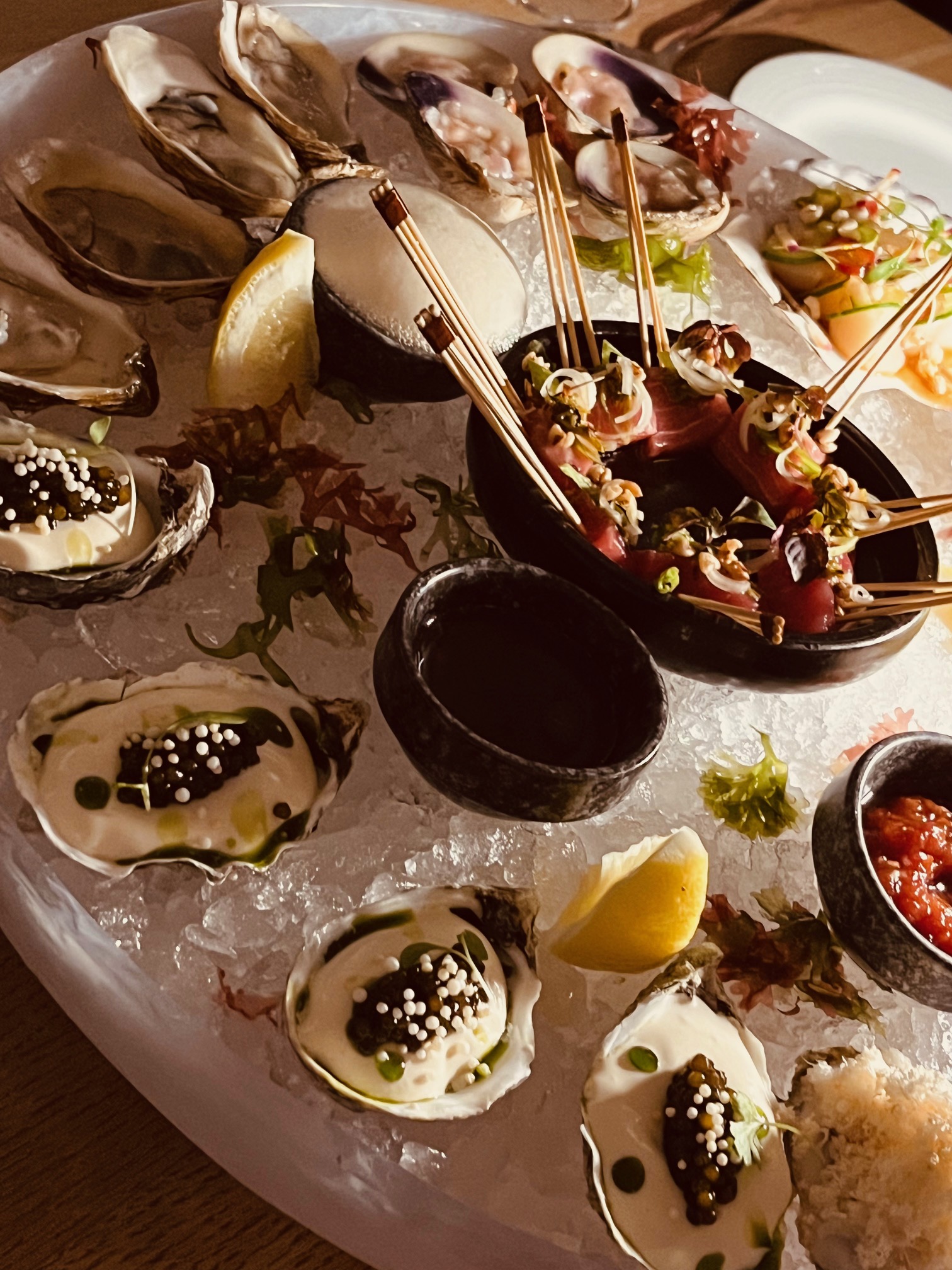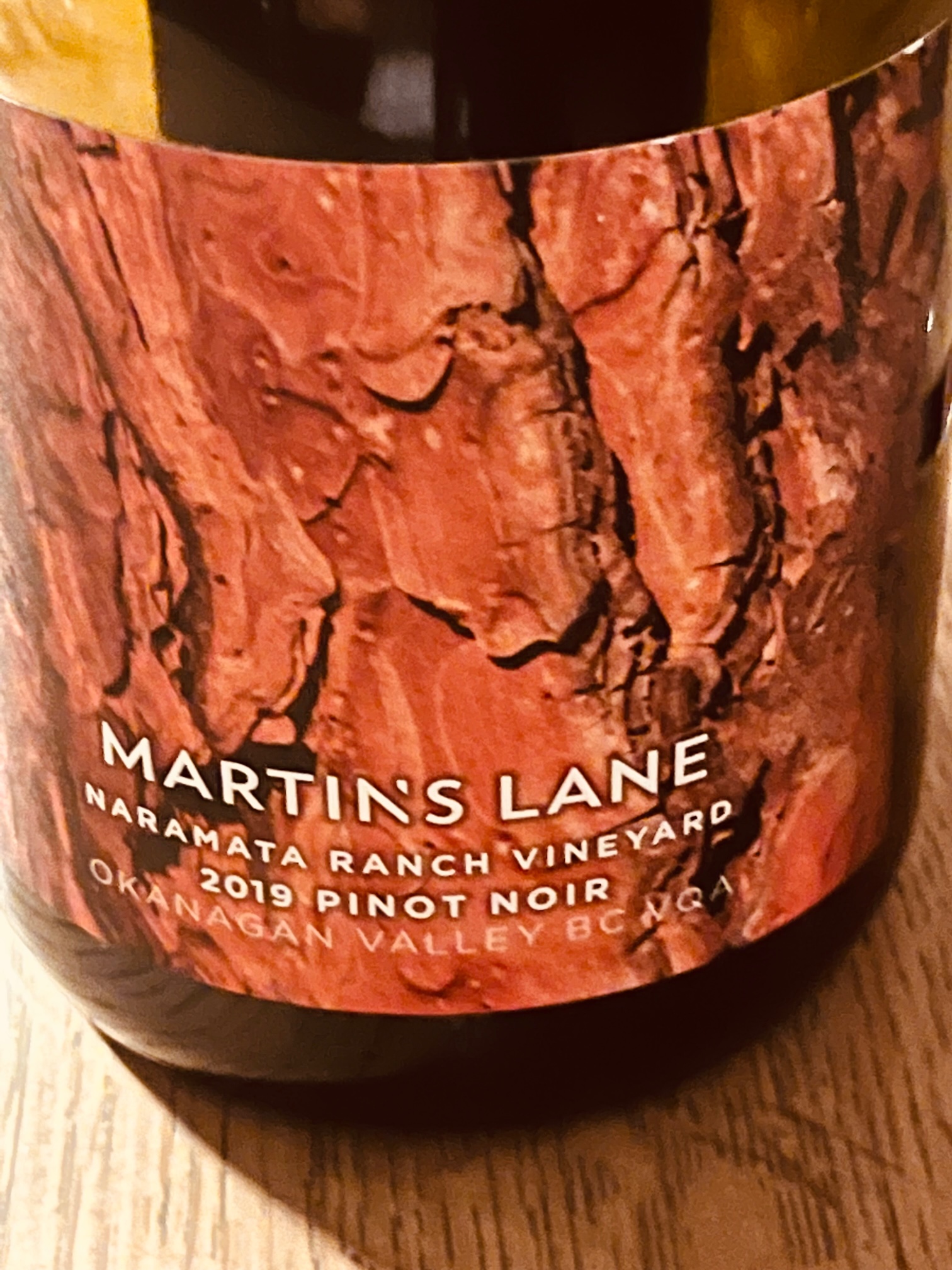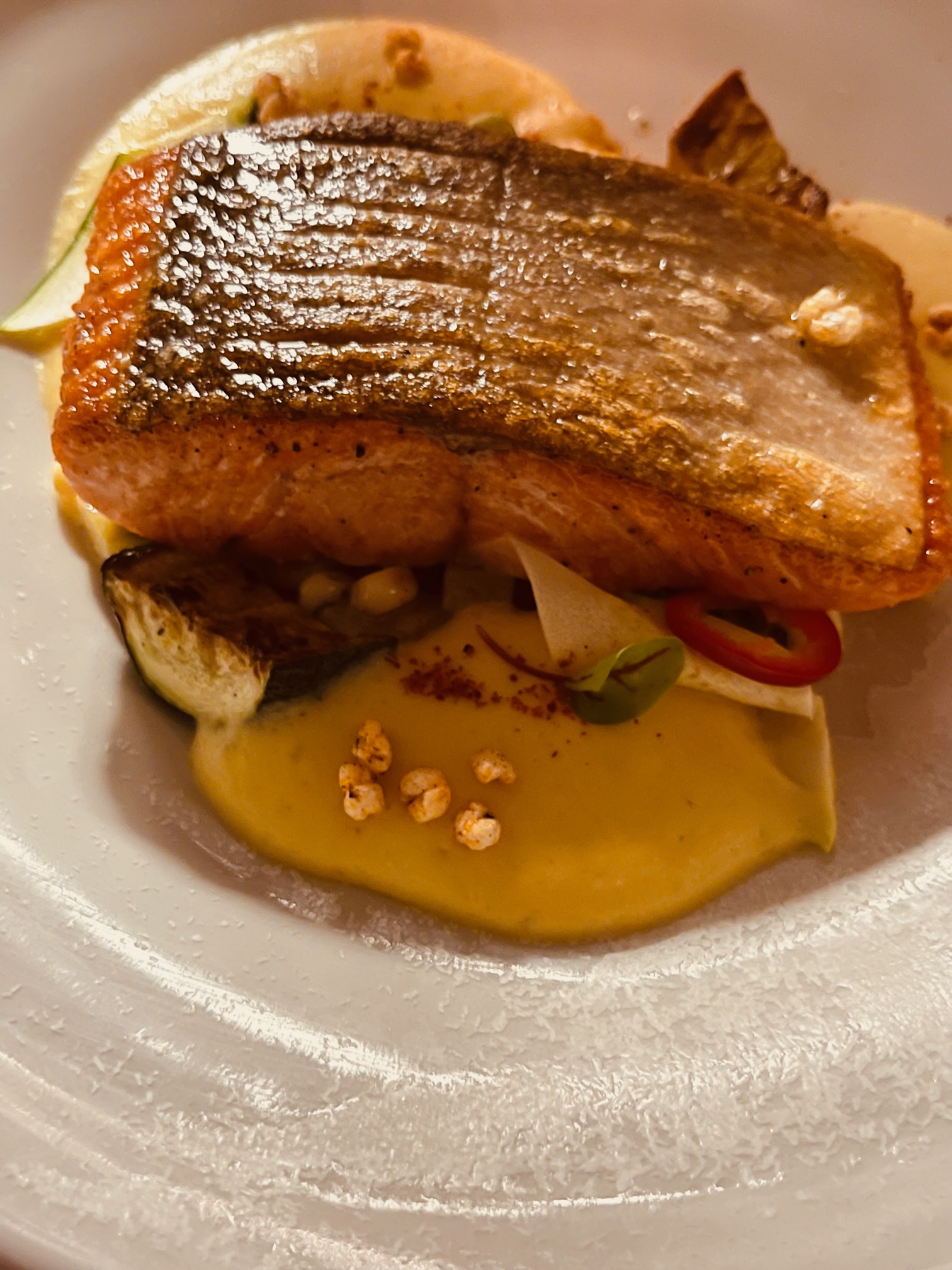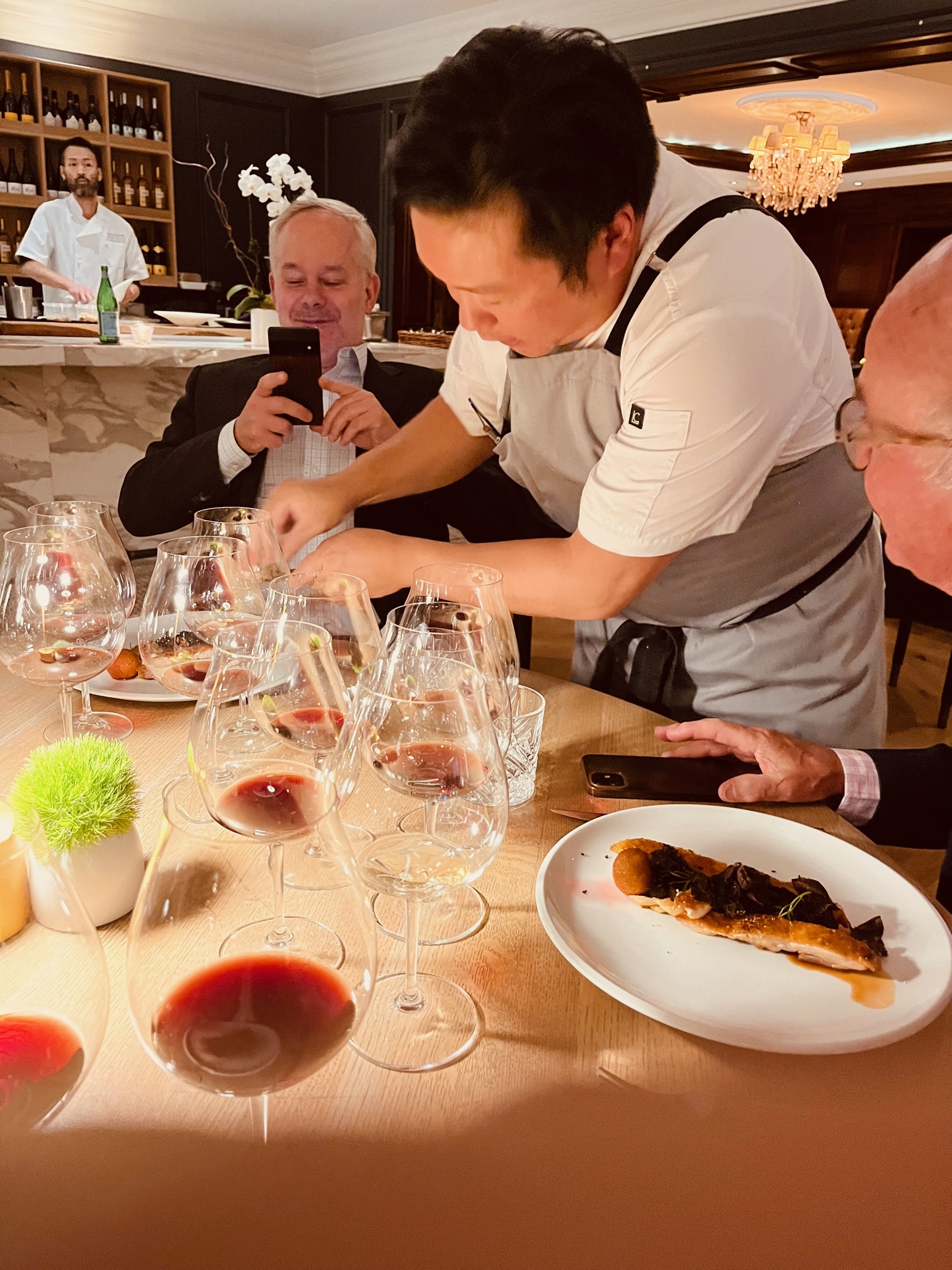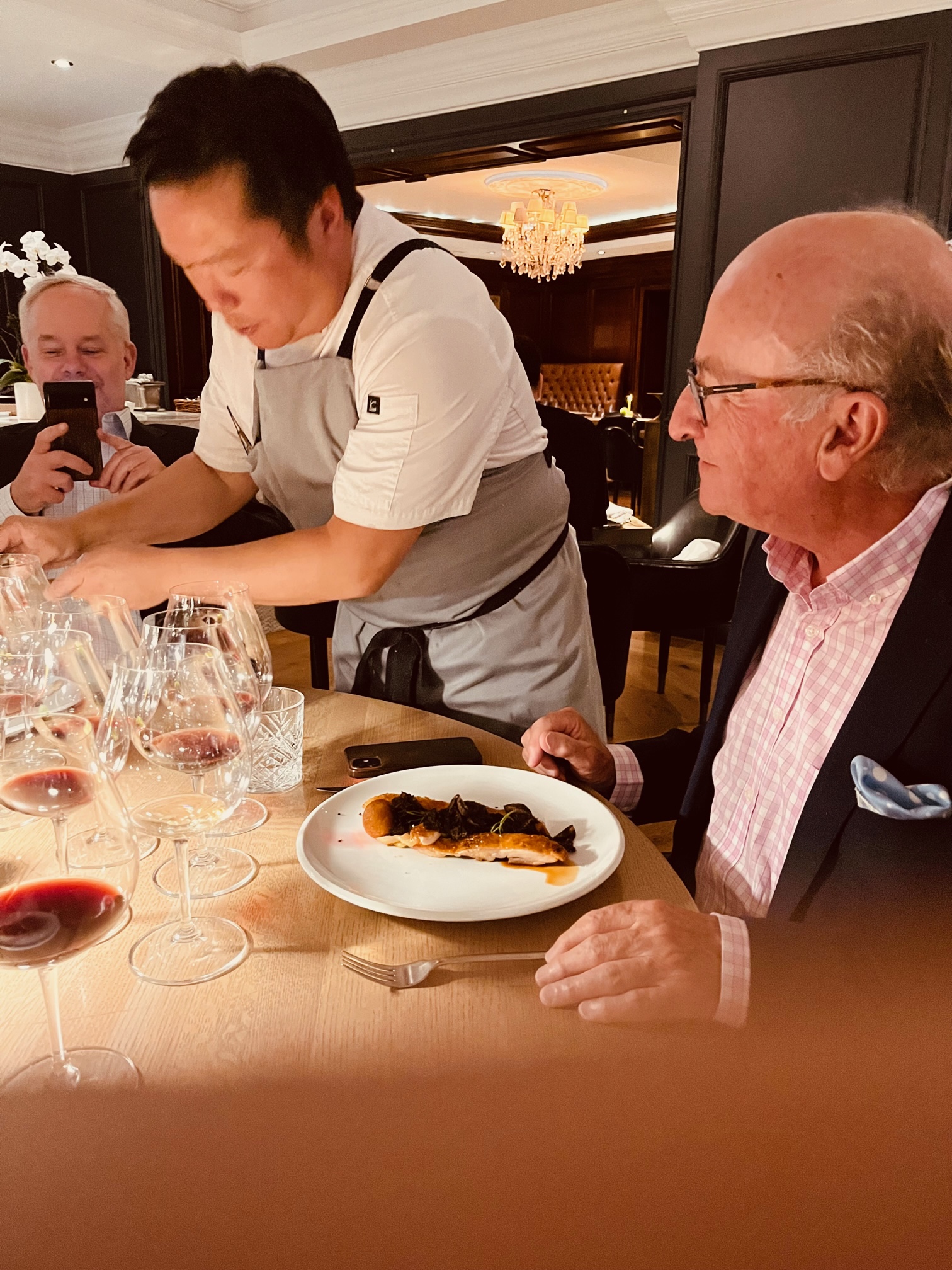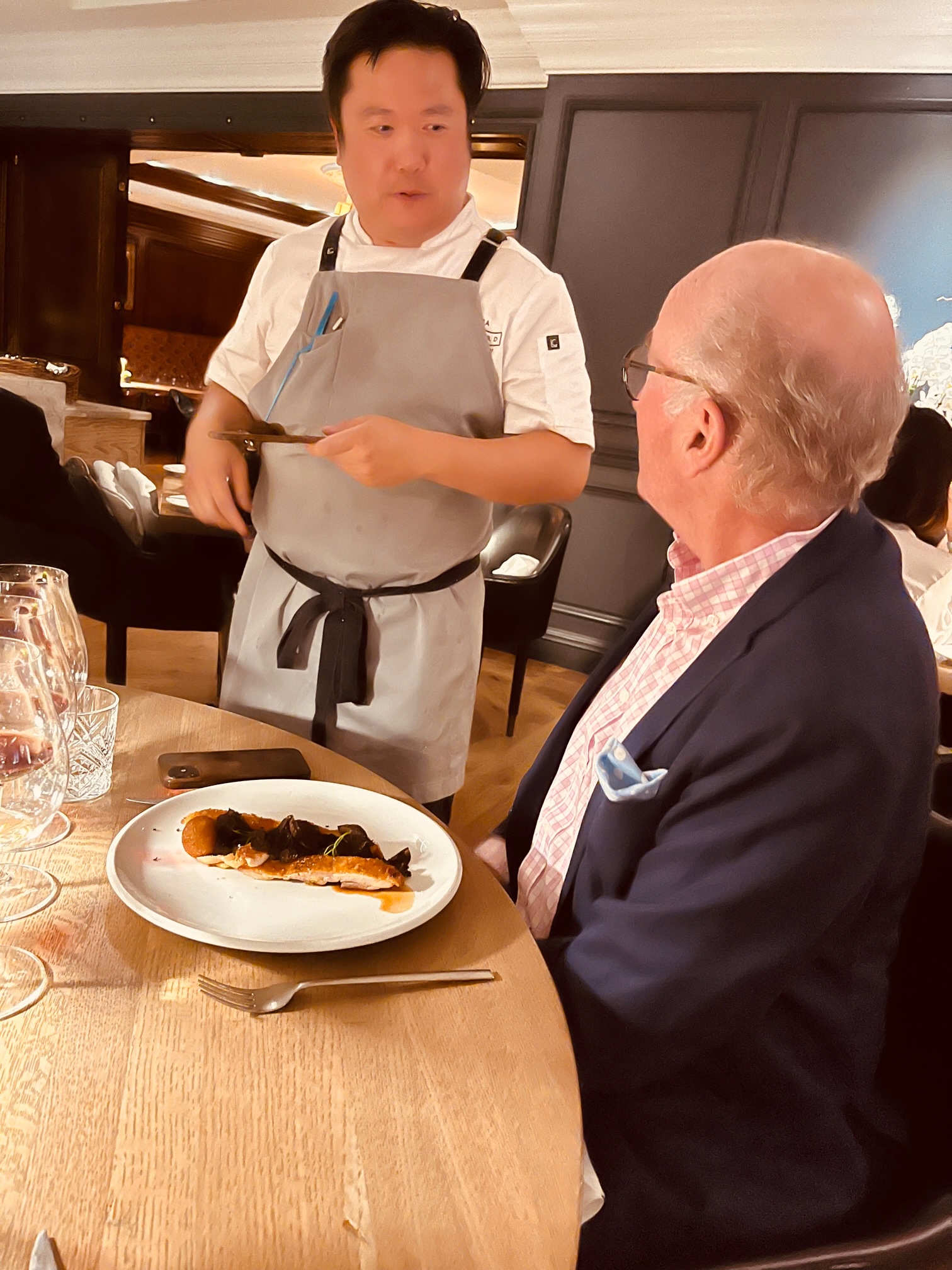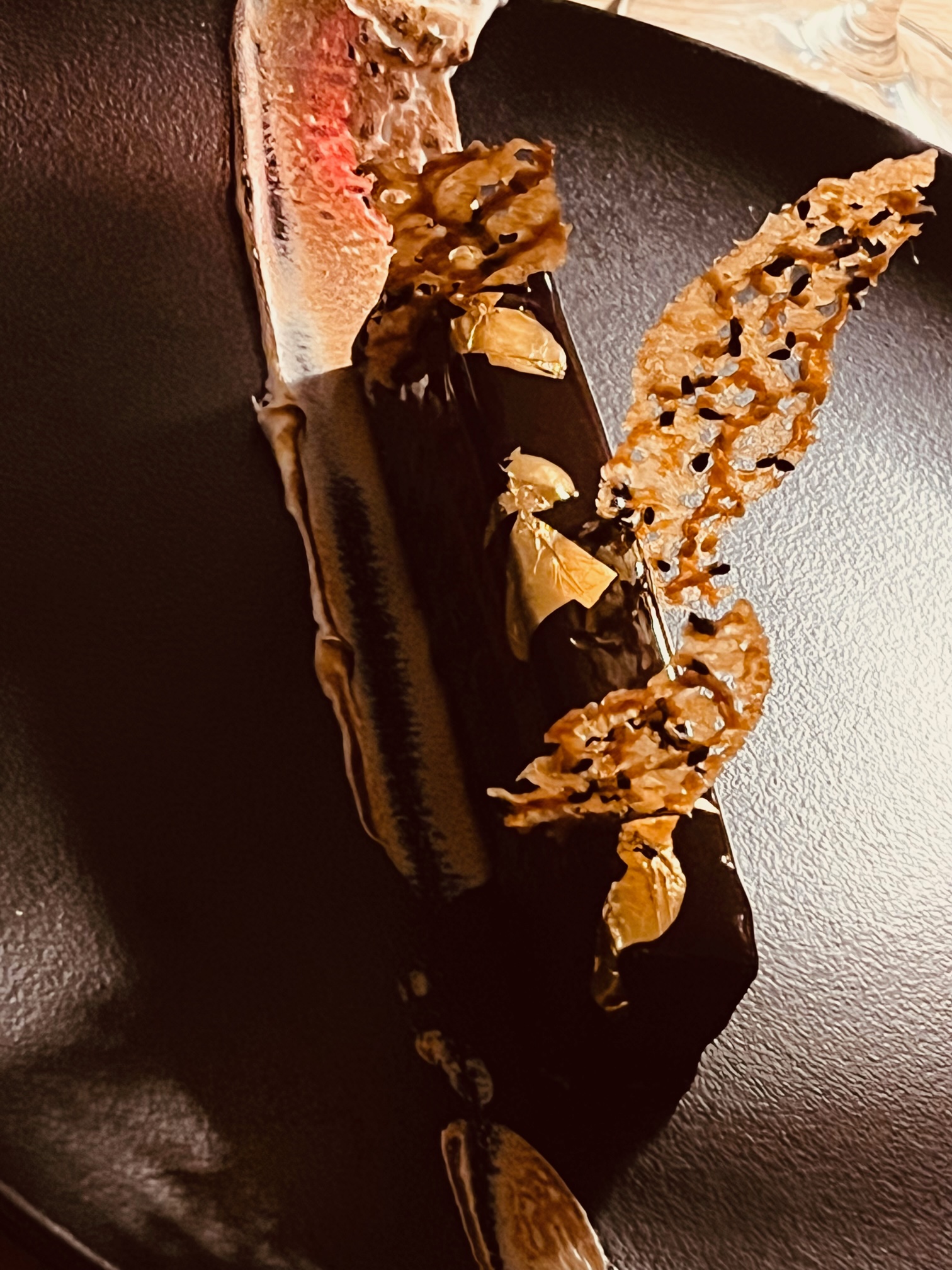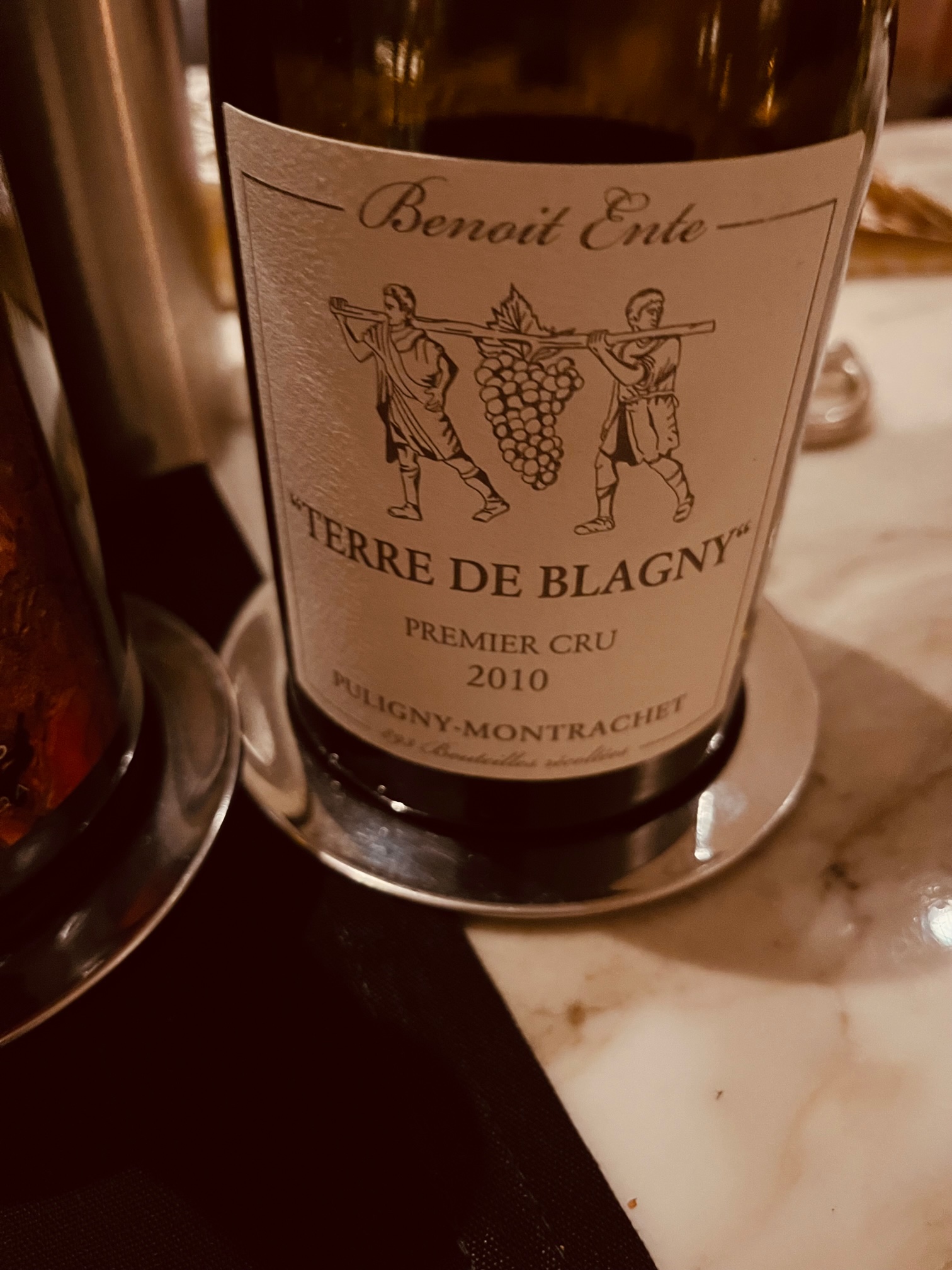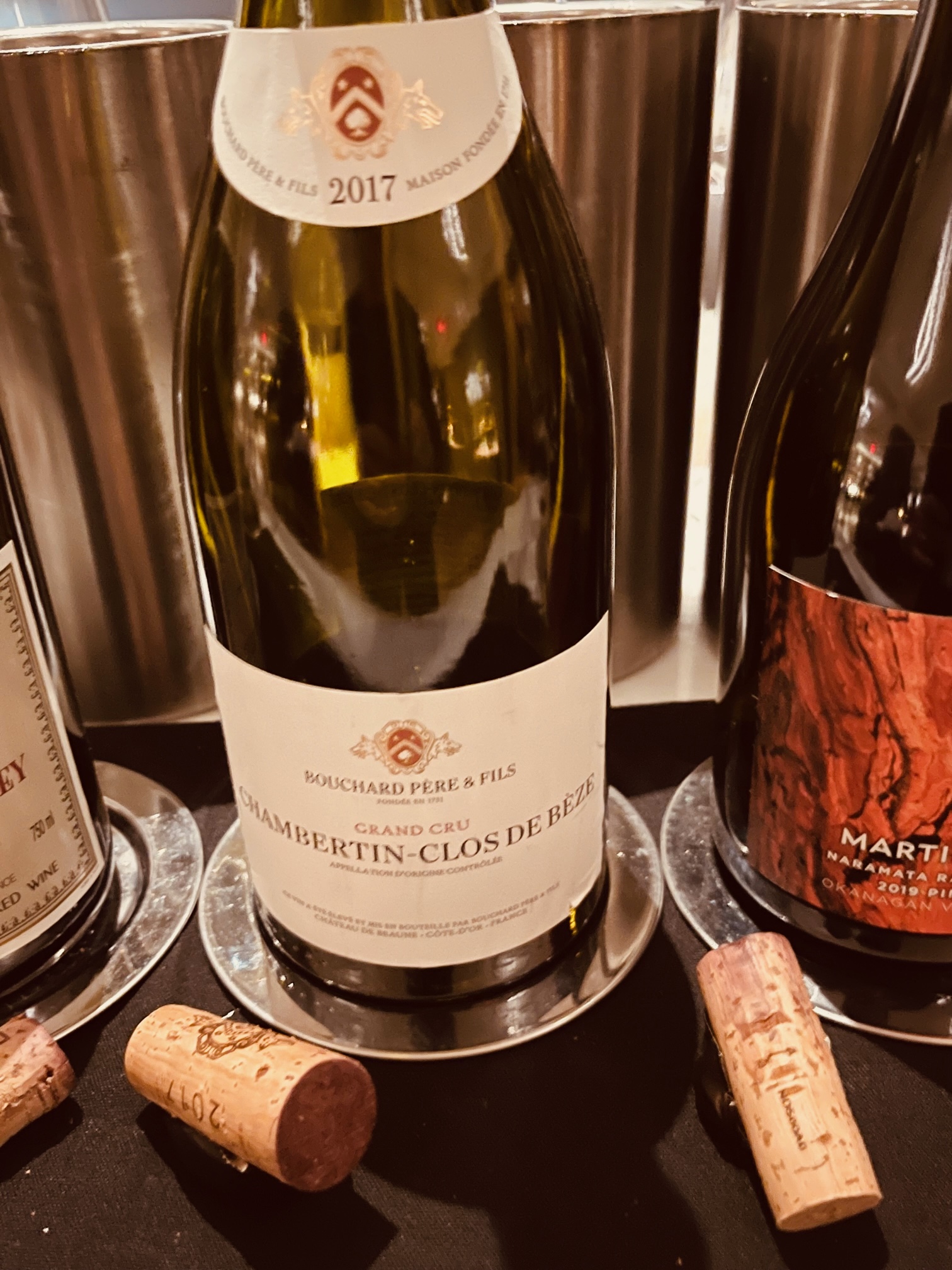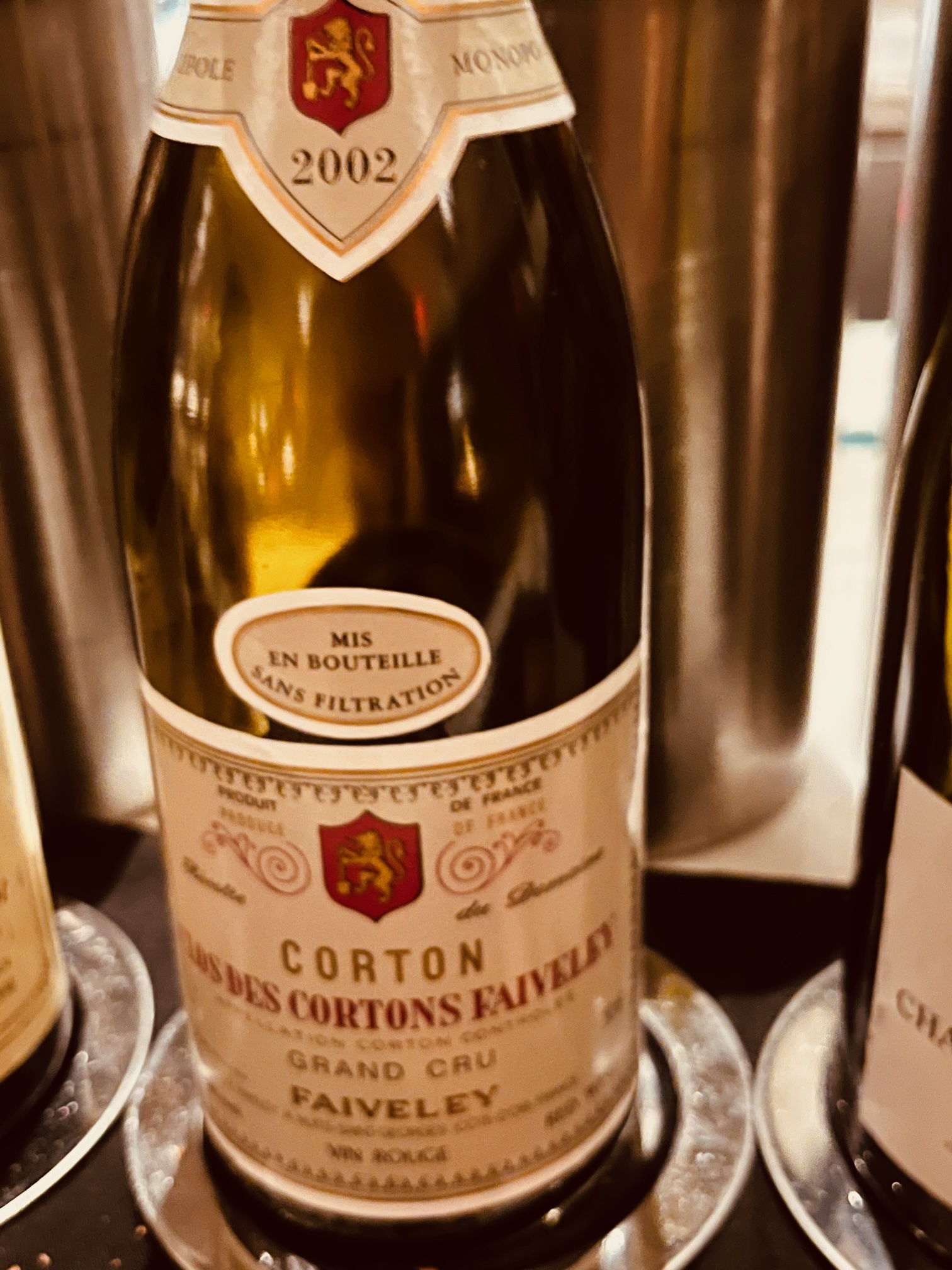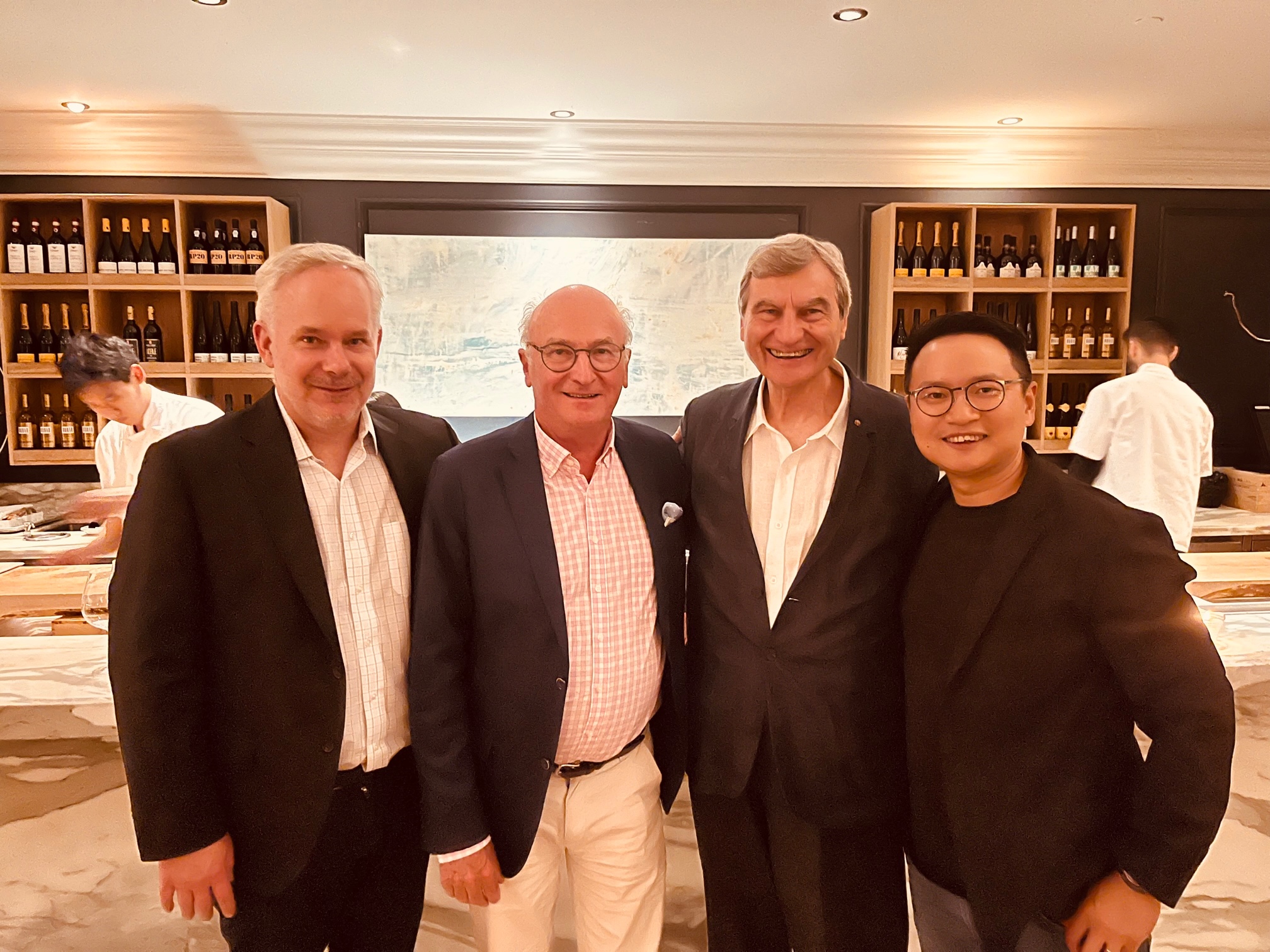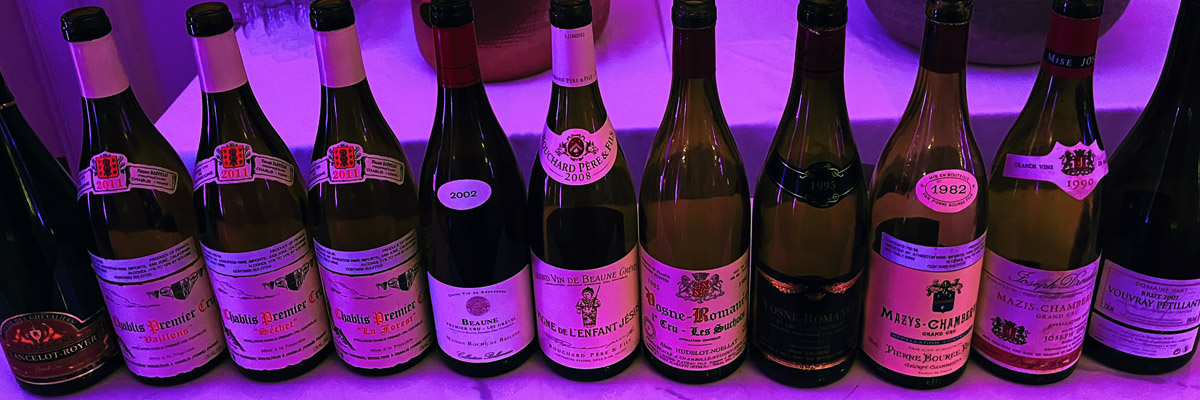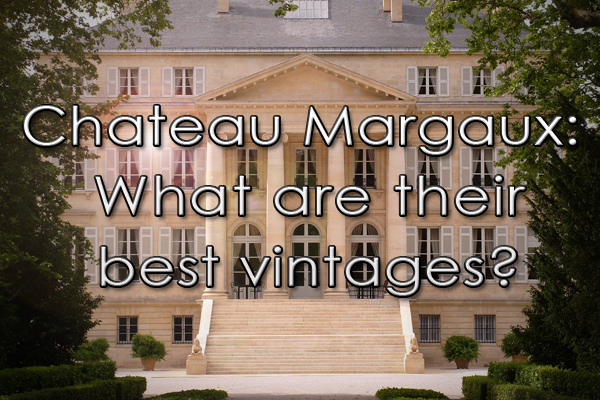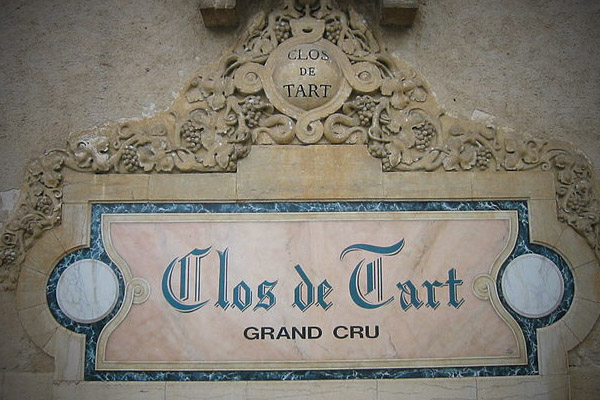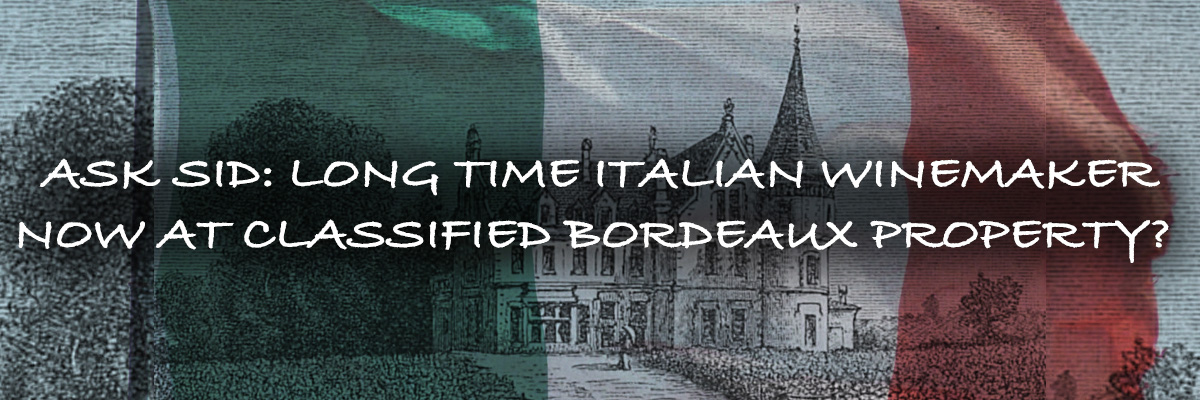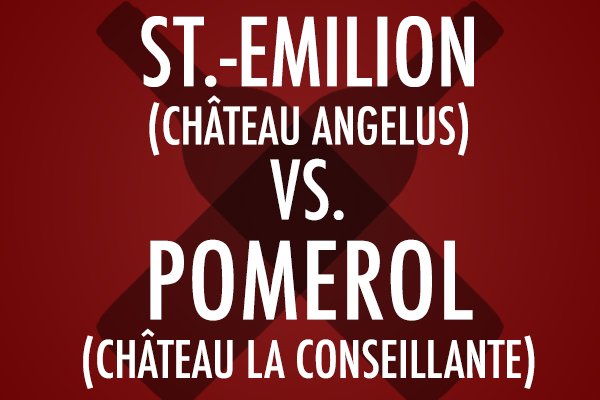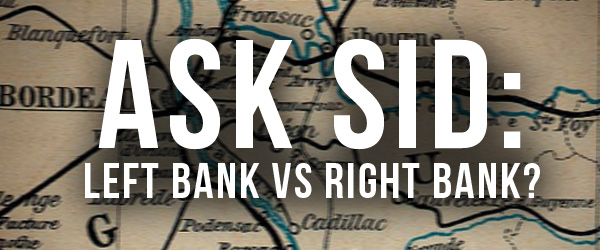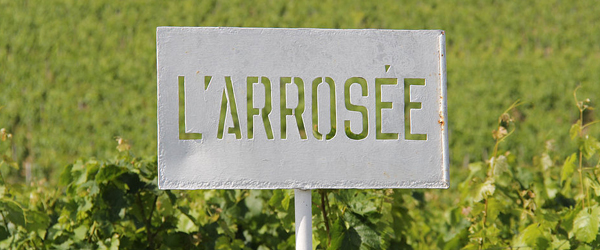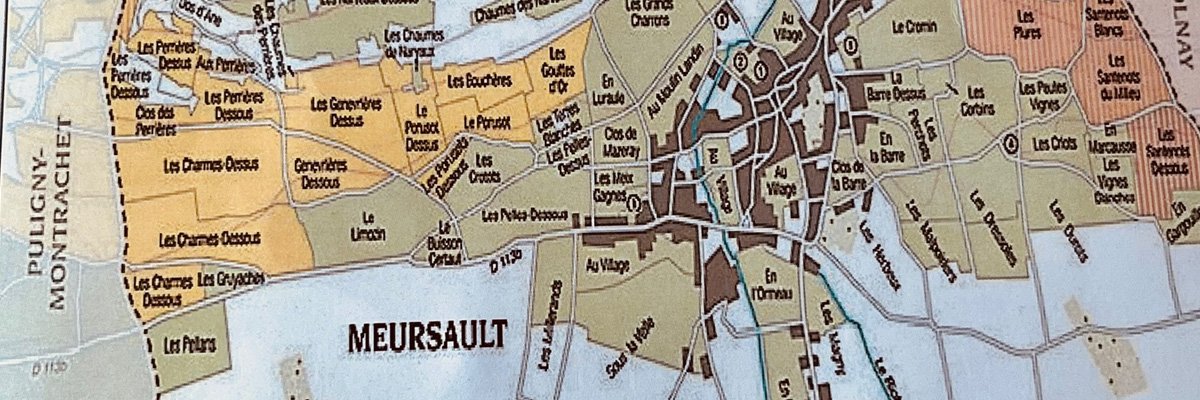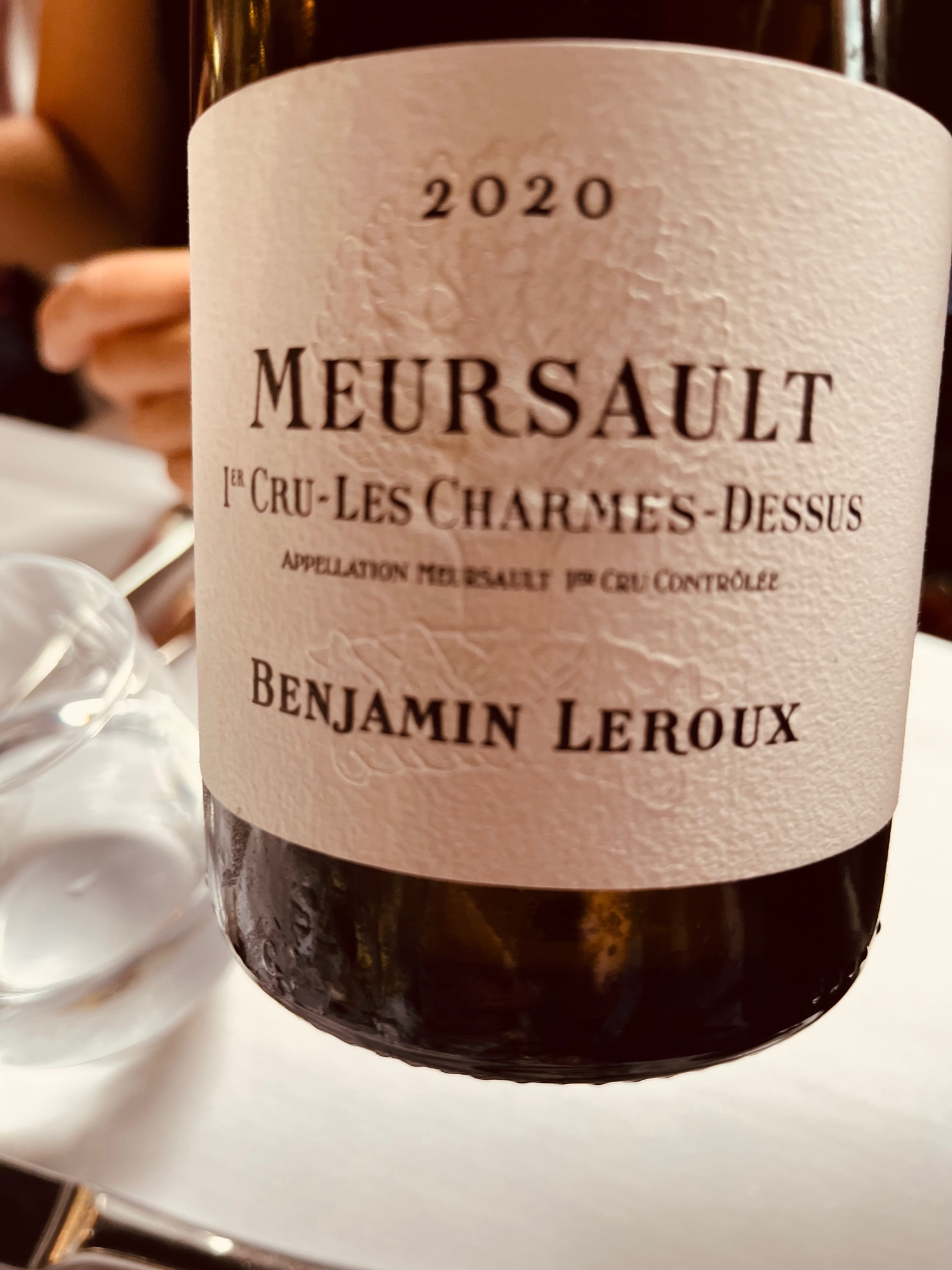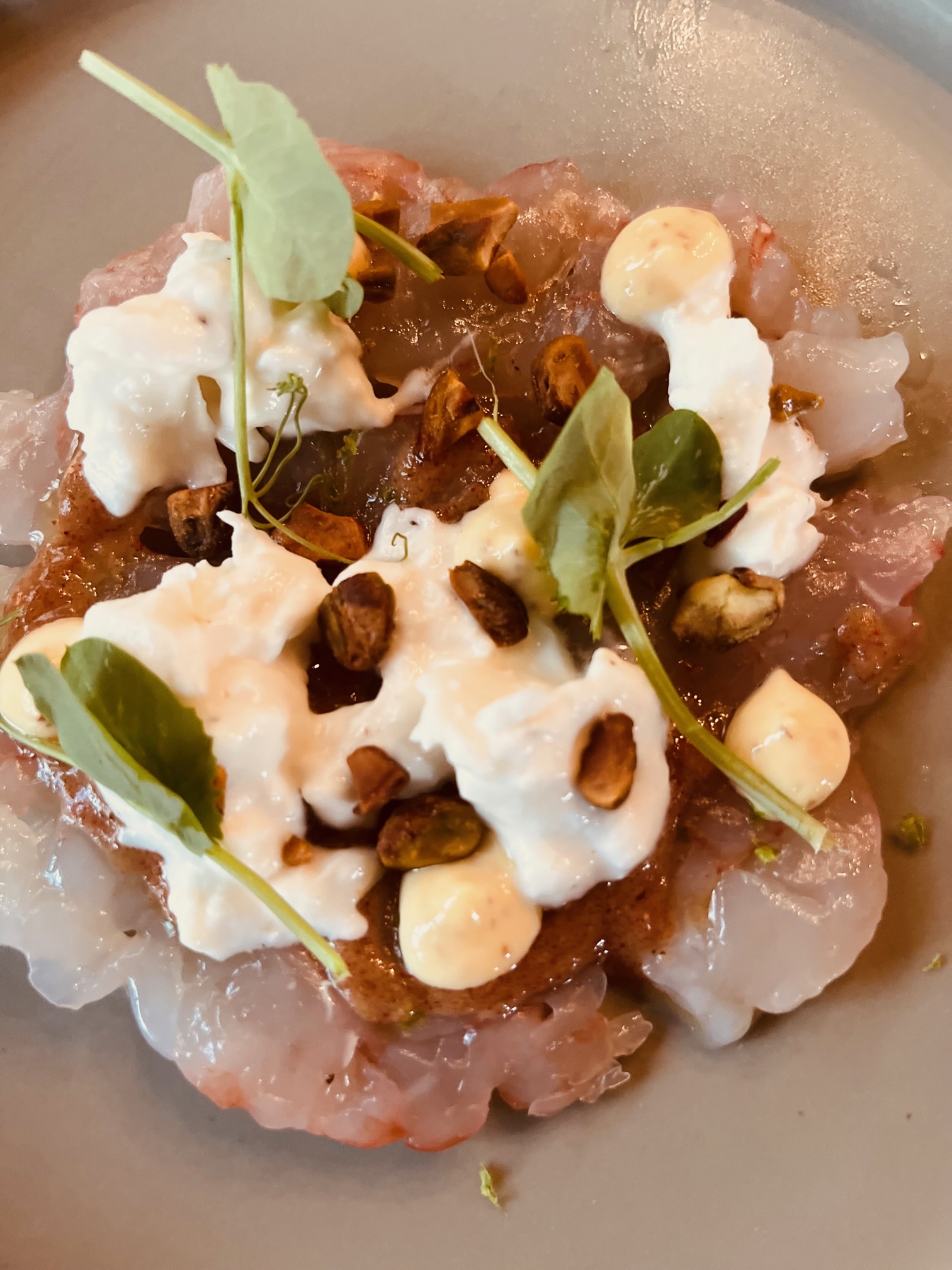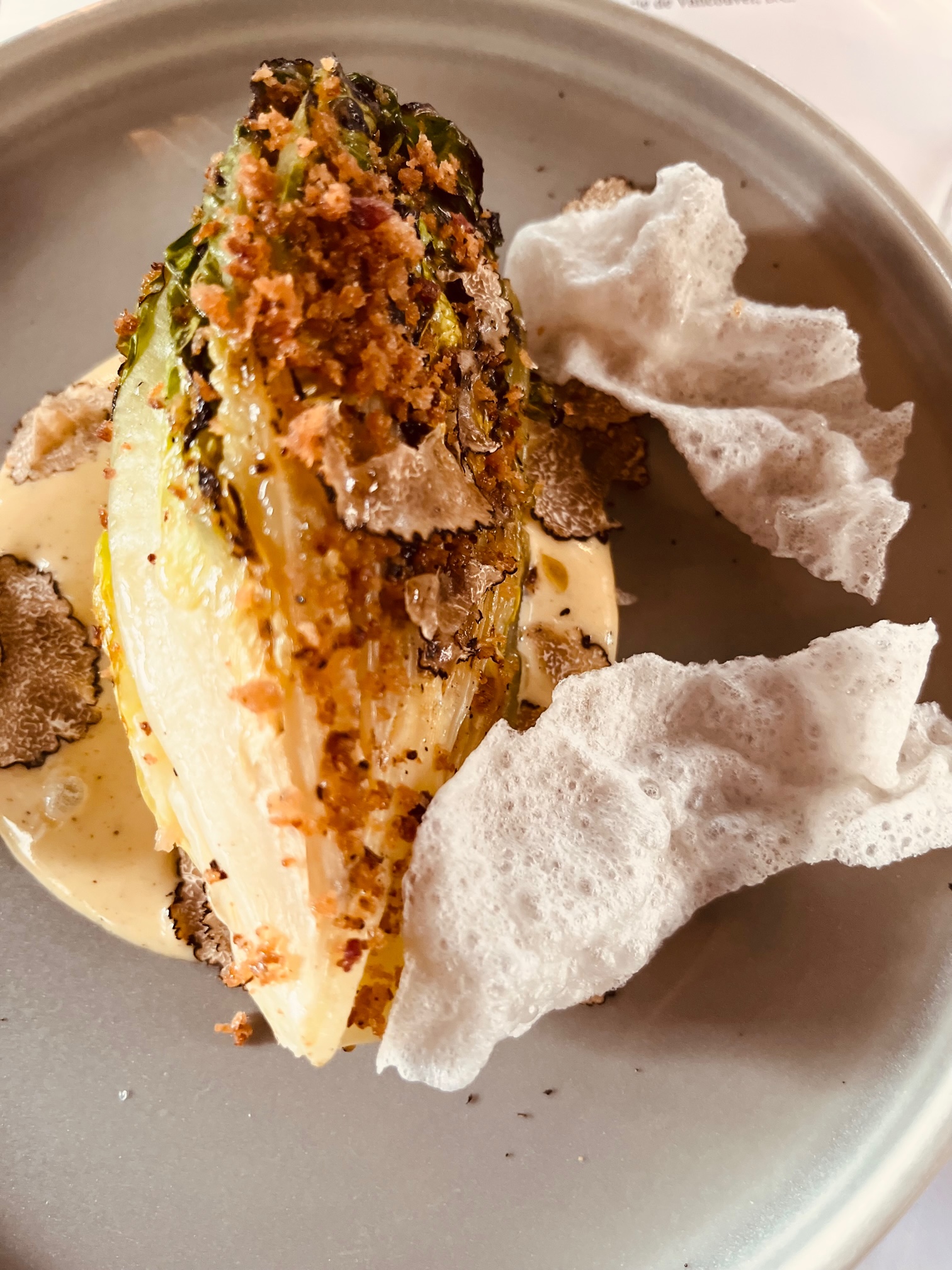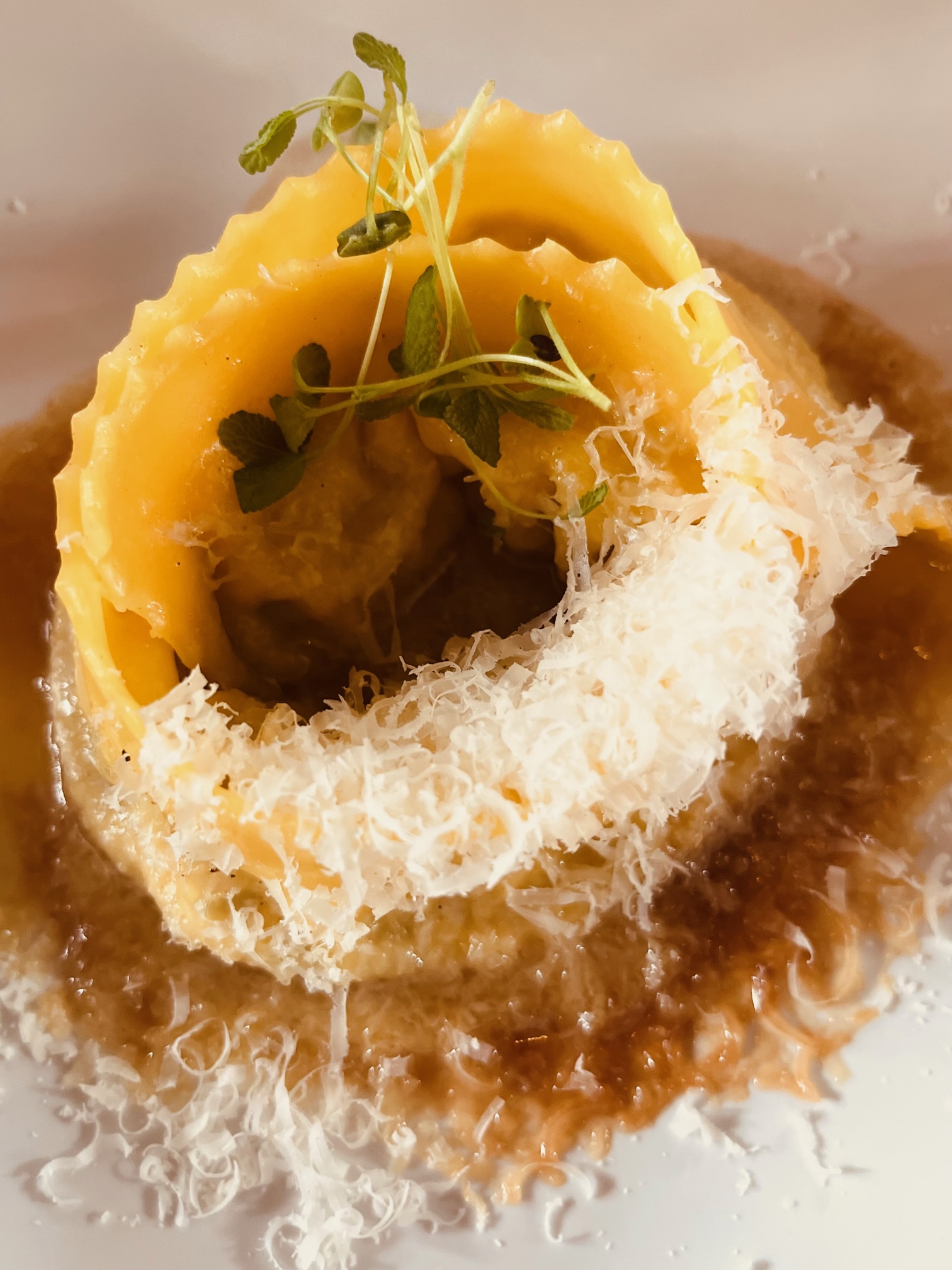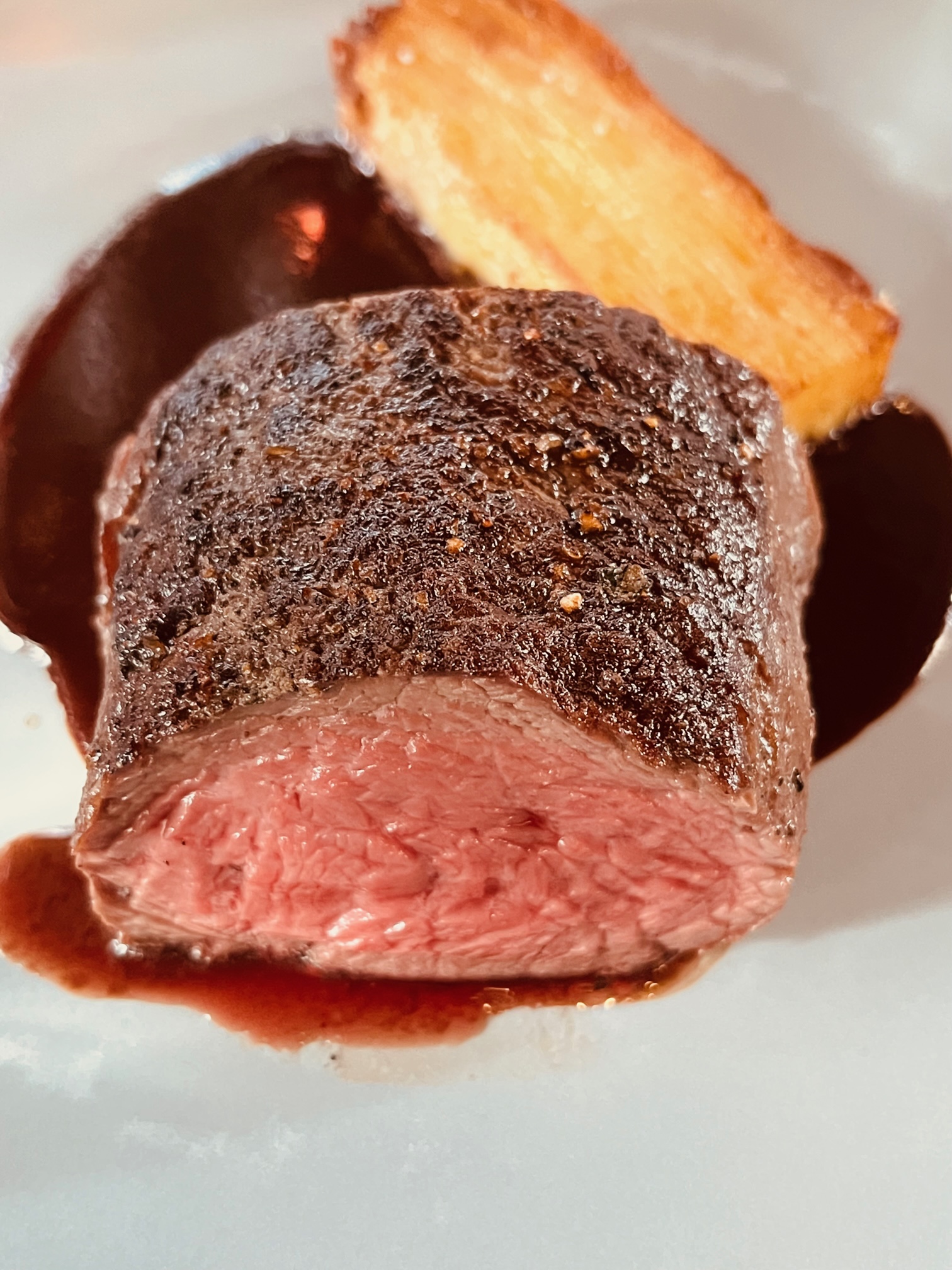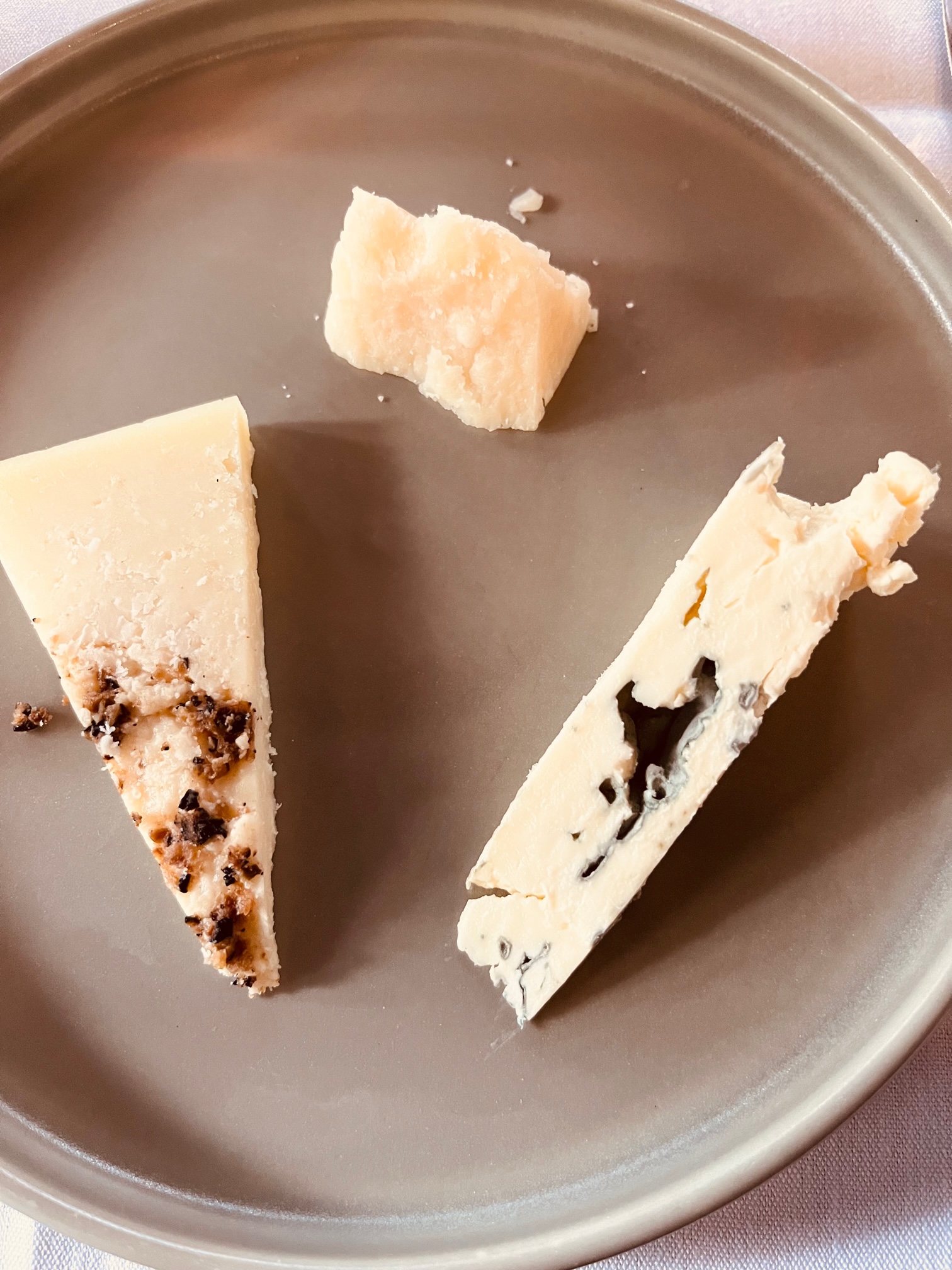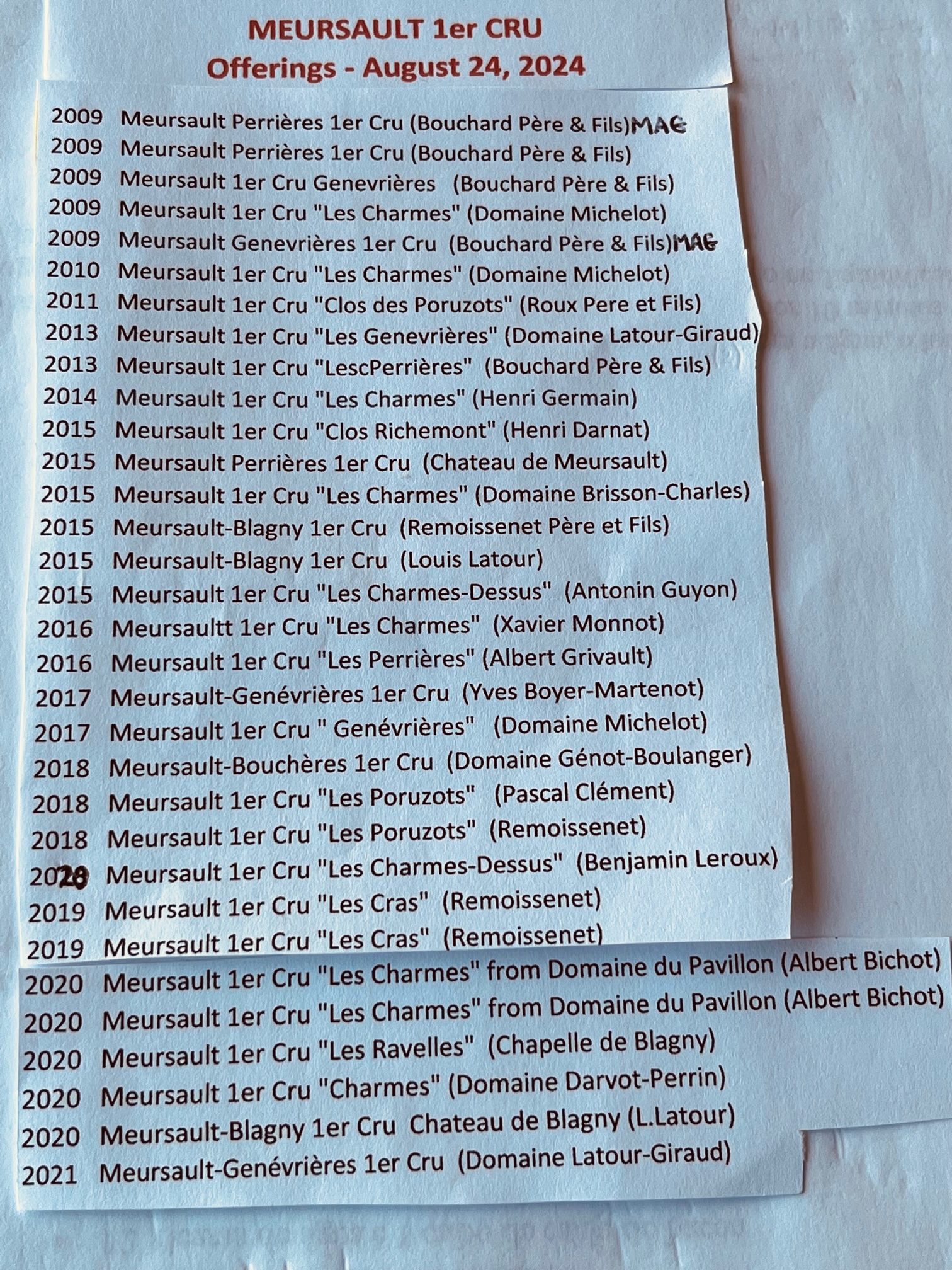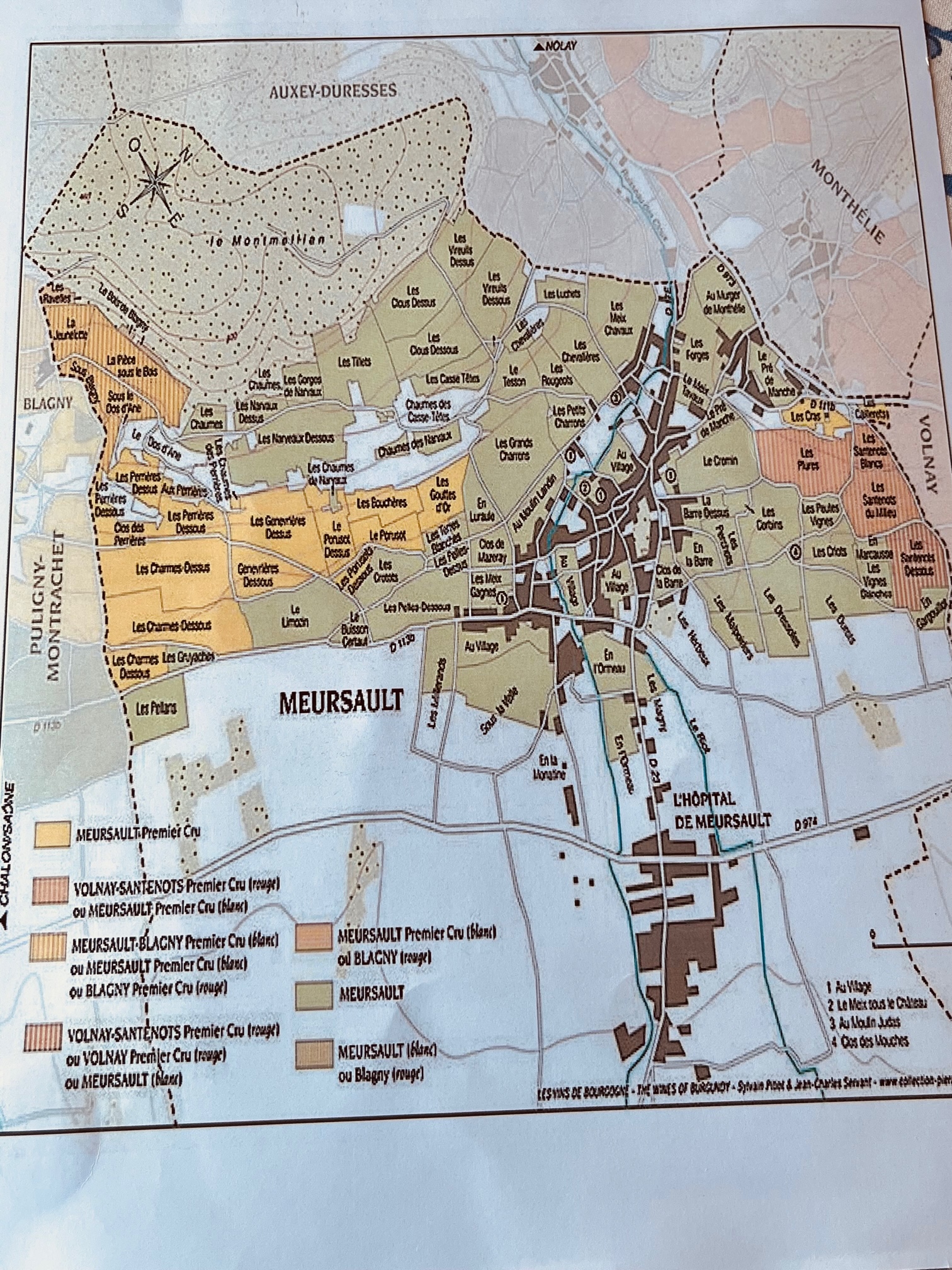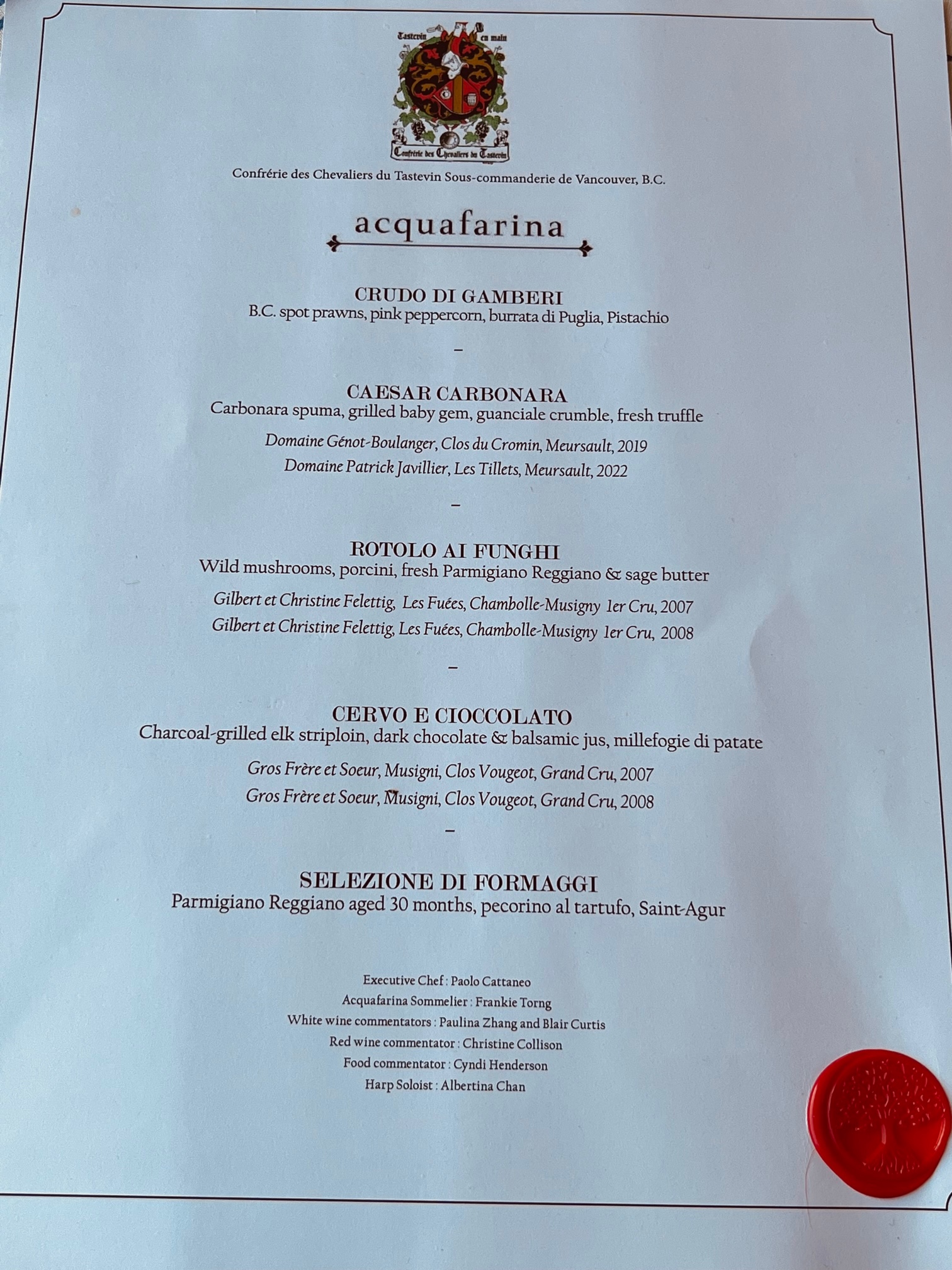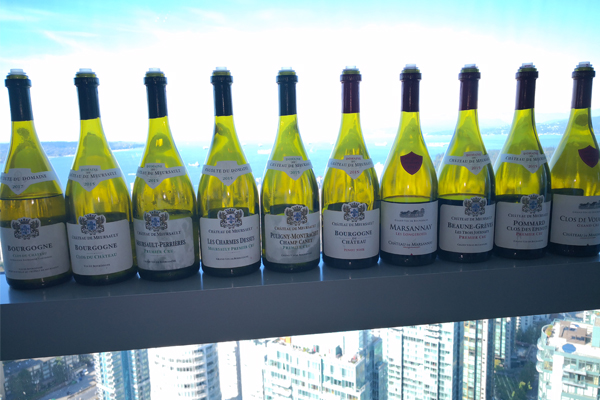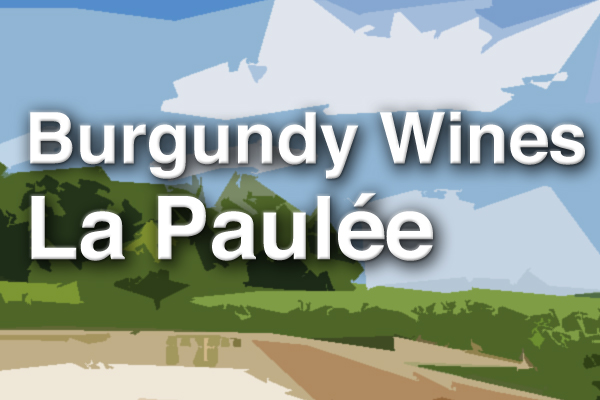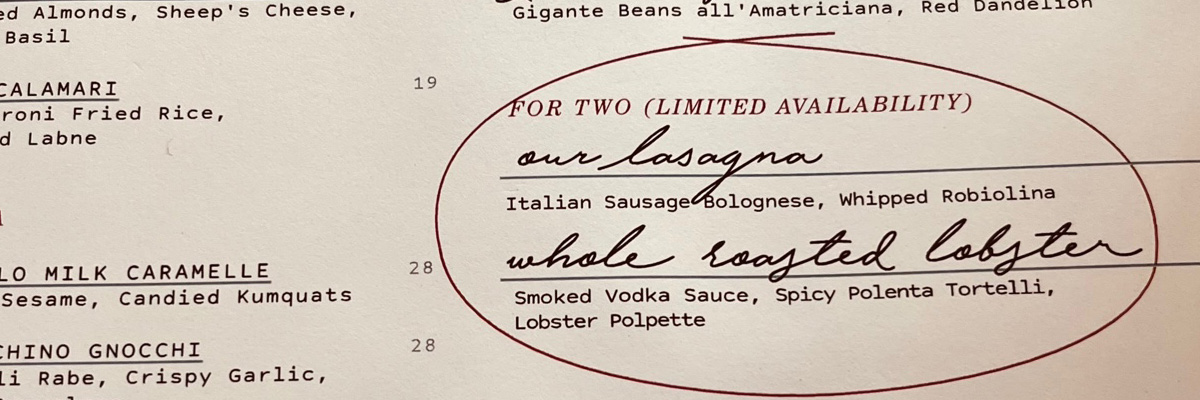
Planning to go to a restaurant somewhere in the world often requires making a reservation ahead of time. Usually the procedure is straight forward by either making a phone call or now more frequently booking on line. You may have difficulty in getting a confirmation for the time requested but at least you maintain the control and know how things stand. However, in New York City the hospitality platform of RESY (An American Express Company) has taken over management of most top restaurants spots for this system – maybe uniquely so around the globe. The intention was for helping restaurants control reservations with improved efficiency. In most cases it seems to be working well with excellent customer service for booking times on line for inside, outside, and even bar/counters dining at select 15 minute intervals. It also helps the restaurants with their management calculations on table turnover and maximum capacity in an organized orderly manner rather than just manually as before.
However, for the most popular in demand places Resy is not working. Your scribe tried unsuccessfully many times recently to book restaurants such as Via Carota, Don Angie, Penny and Shukette. It always comes up to request “Notify Me” but they never do. Instead to get in it is necessary to just show up and grab one of the reserved for walk-in openings immediately or wait. Better odds if you show up for dinner at 4-5 pm early or after 9 pm late to increase your chances. This strategy worked for me. Resy needs to have another look IMHO at this glitch in their reservation situation. Impossible to book so many.
That being said the dining in NY is still stellar with these 7 tried this month and all recommended by me:
VIA CAROTA: Italian so popular fun casual in Greenwich Village but impossible to book. Still outstanding $28 Polipo – grilled octopus & green olive pesto.
DON ANGIE: Another Italian spot in same West Village area but never available on Resy. Fantastic signature dish of pinwheel lasagna for two at $68. Broccoli Di Ciccio $14 with black garlic & hazelnuts a good side item. Best value $85 on Wine List is elegant cherries of lovely aged 2014 Barbera d’Asti Nuj Suj by Icardi.
SARABETH’S: Upper West Side (other locations too) VALUE of Prix Fixe $45 Three Course Menu of quality appetizer large Caesar Salad with 5 lettuces including kale and shaved crisp parmesan. Mains of Salmon & Chicken are well done, and delicious dark chocolate dessert. Amazing deal on Wednesdays with a few wines available on lost leader price. Enjoyed a bottle of 2021 pure fresh Chablis AC Dom. de Vauroux at the steal price of $30.
LA PECORA BIANCA: All day Italian VALUE dining several NY locations easily reserved. Outstanding recipe for whole Branzino with spinach, olives, and Meyer lemon for $34 and all pastas are excellent – Calamarata $24 with arugula pesto is so tasty. Lots of wines by the glass including fruit loaded 2022 Barbera d’ Alba from Vajra.
ESTIATORIO MILOS: Returned to this fav again at Hudson Yards. Also enjoy their Las Vegas location. They always do a superb $45 great value lunch including fresh fish of the day together with other Greek goodies. A deal.
SHUKETTE: Middle East cuisine place busy at Ninth Avenue at 25th Street. Wonderful breads like Frena for flavourful dips of Hummus, Labneh, and similar. Spanish 2022 Albarino Pazo das Bruxas $16 by the glass. Hot spot.
PENNY: Fortunate to find one of their only 31 all counter seating as a walk-in at this outstanding small newer restaurant. Impressive innovative seafood! Really enjoyed Octopus + Potato Salad $18, Grilled Mackerel + Long Hots $24, Swordfish + Jimmy Nardellos $35, and freshly baked warm sesame Brioche $8. Unique Wine List well assembled with hard to find labels including some great Alsace whites. Explore. A treat.
You might also like:
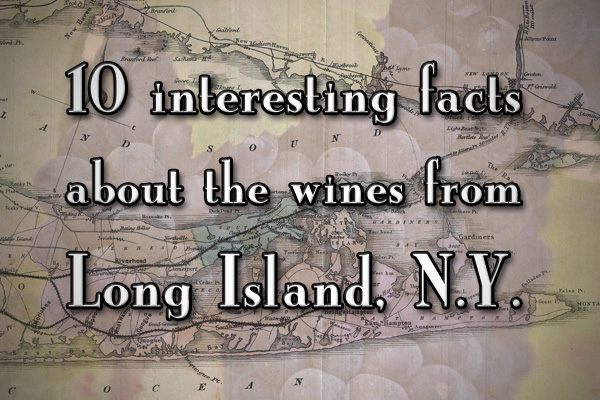 |
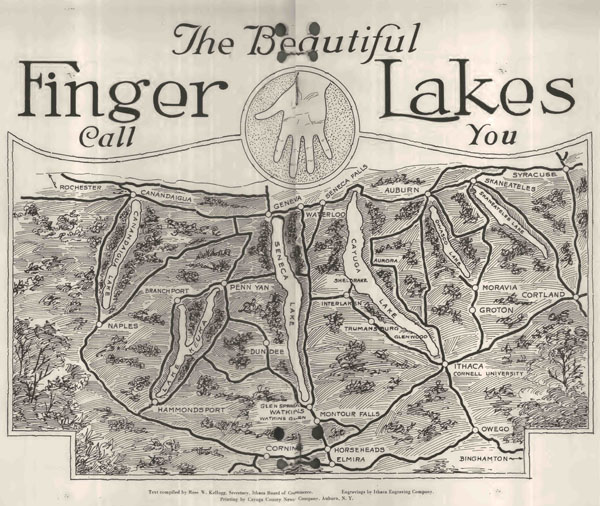 |
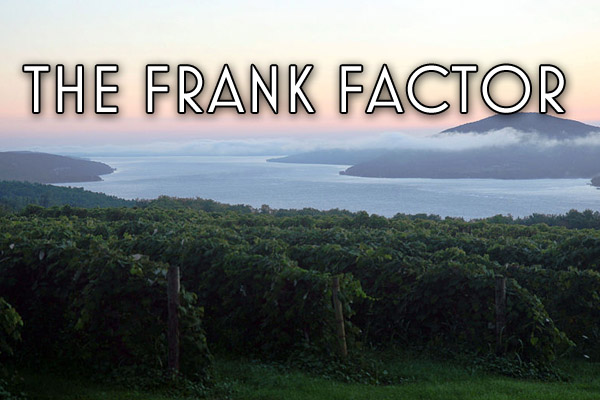 |
